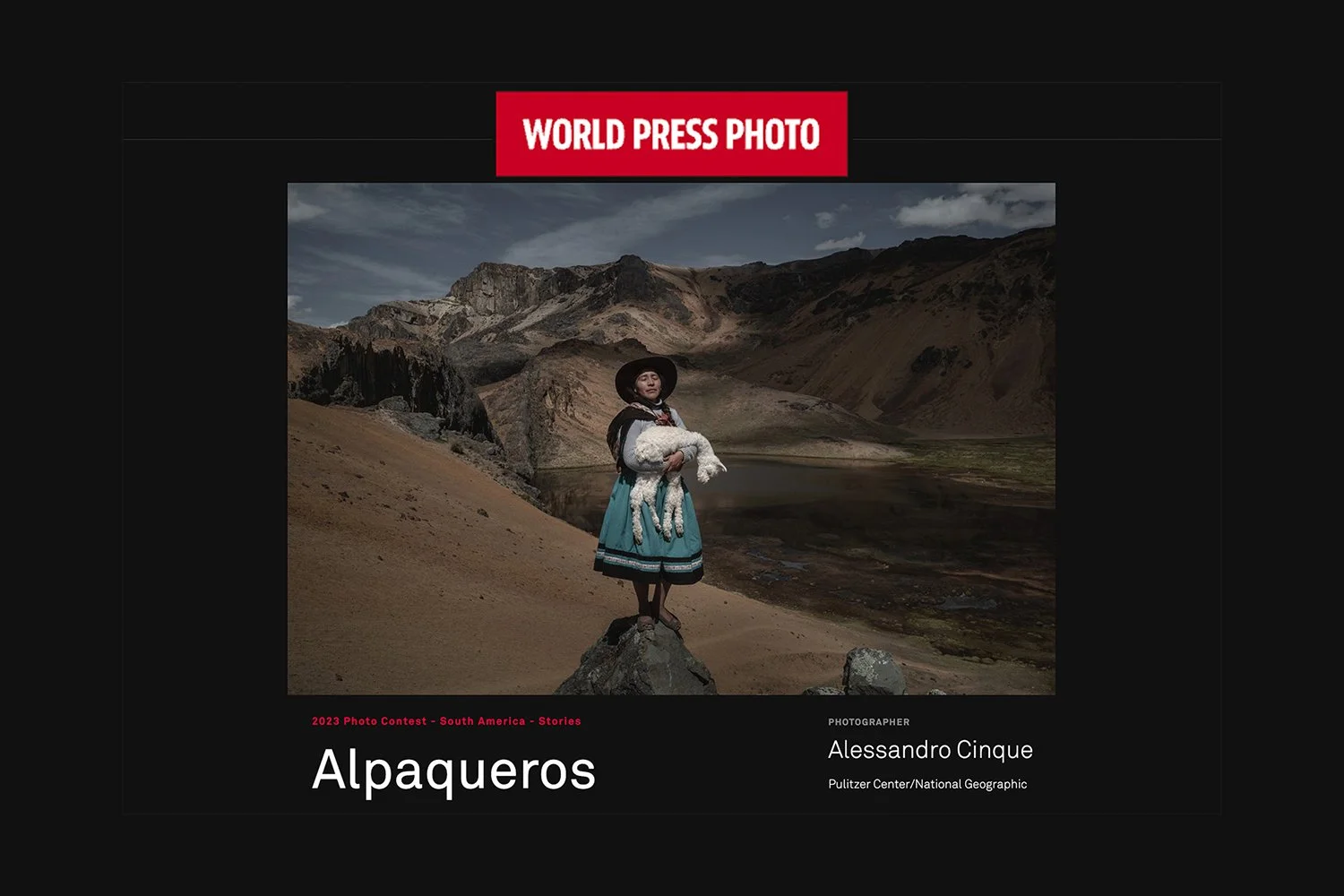Alpaqueros
2023
Peru is home to the world’s largest number of alpacas. The country has approximately 4 million alpacas, which is roughly 88% of the global total. Alpacas are reared in high-altitude regions in Peru, generally above 3,000 mt. The animals play a critical role in communities along the high Andean plateau where crops cannot be grown and the only economic activity, besides mining, is alpaca herding. More than 1 million people, in a country of 33 million people, depend exclusively on alpacas for their livelihoods.
Climate change poses a growing risk to alpacas and the communities they sustain. The Andes are experiencing shorter, but more intense, rainy seasons, and longer periods of drought. Frosts and hail storms have become more common. Changing weather patterns are shrinking natural pastures and reducing the quality of grasses, forcing alpaca herds to compete for food.
A looming impact is the loss of glacier coverage. Glacier runoff helps regulate water during the dry season, so the loss of glaciers means less water during the dry season.
According to the National Institute for Research on Glaciers and Mountain Ecosystems (Inaigem), Peru already has lost 53.5 % of its glacier coverage and could be without glaciers by 2100. Peru has the world’s highest percentage in the world of what are known as tropical glaciers.
Sixto Flores, a technical advisor to alpaca communities in Puno, said if pastures disappear, alpacas and alpaca-herding communities disappear with them. This project aims to investigate how climate change in Peru affects Alpaca breeders by creating "climate migrants" who are forced to move to higher and higher altitudes or abandon their lifestyle and move to low-lying cities, changing their lives forever threatening the loss of high Andean cultural identity. It also aims to show the scientific efforts that seek to contribute to combat the effects of climate change on alpacas and to breed more resilience in the genes of the animals.
To access the full edit please send a request to info@alessandrocinque.com
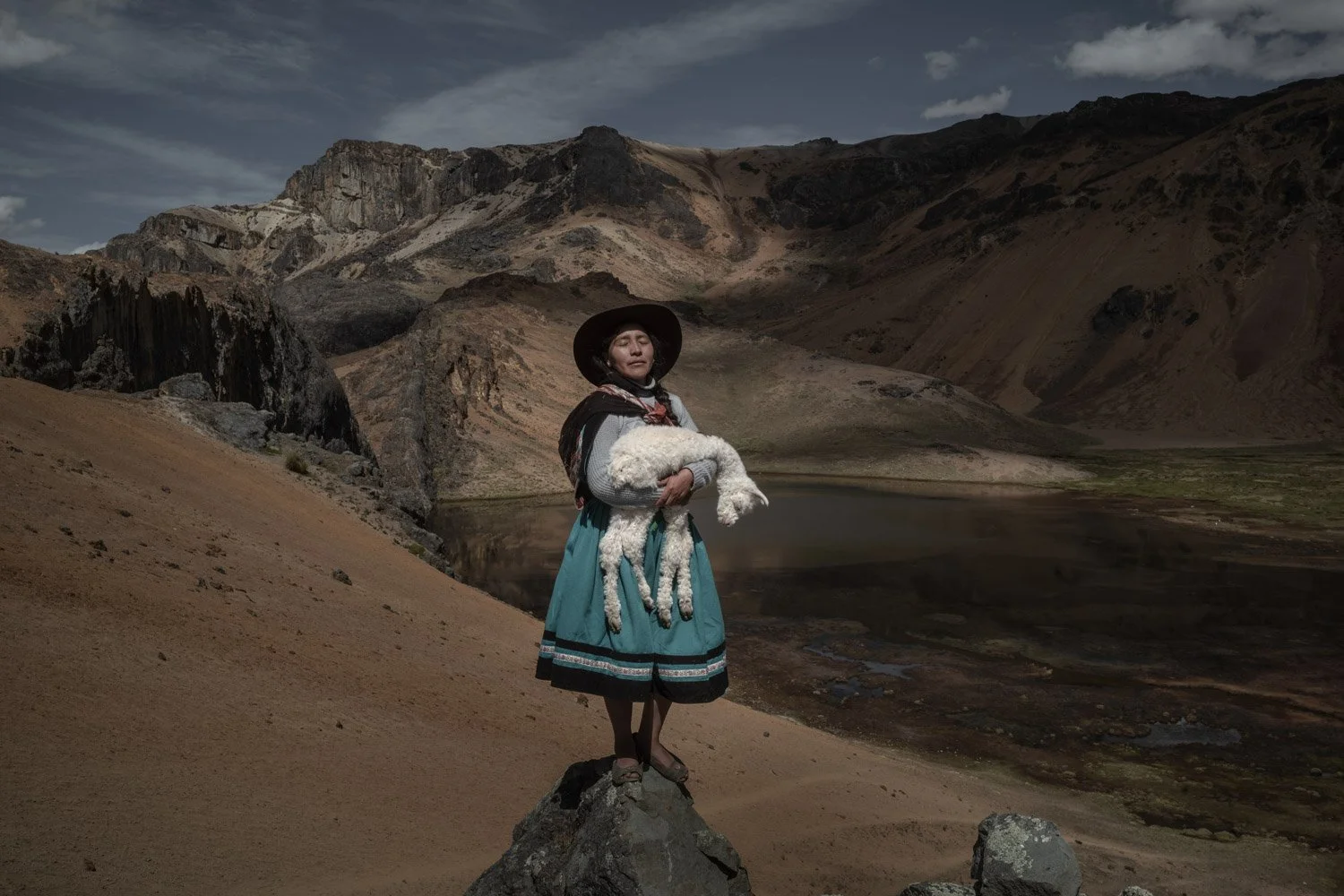
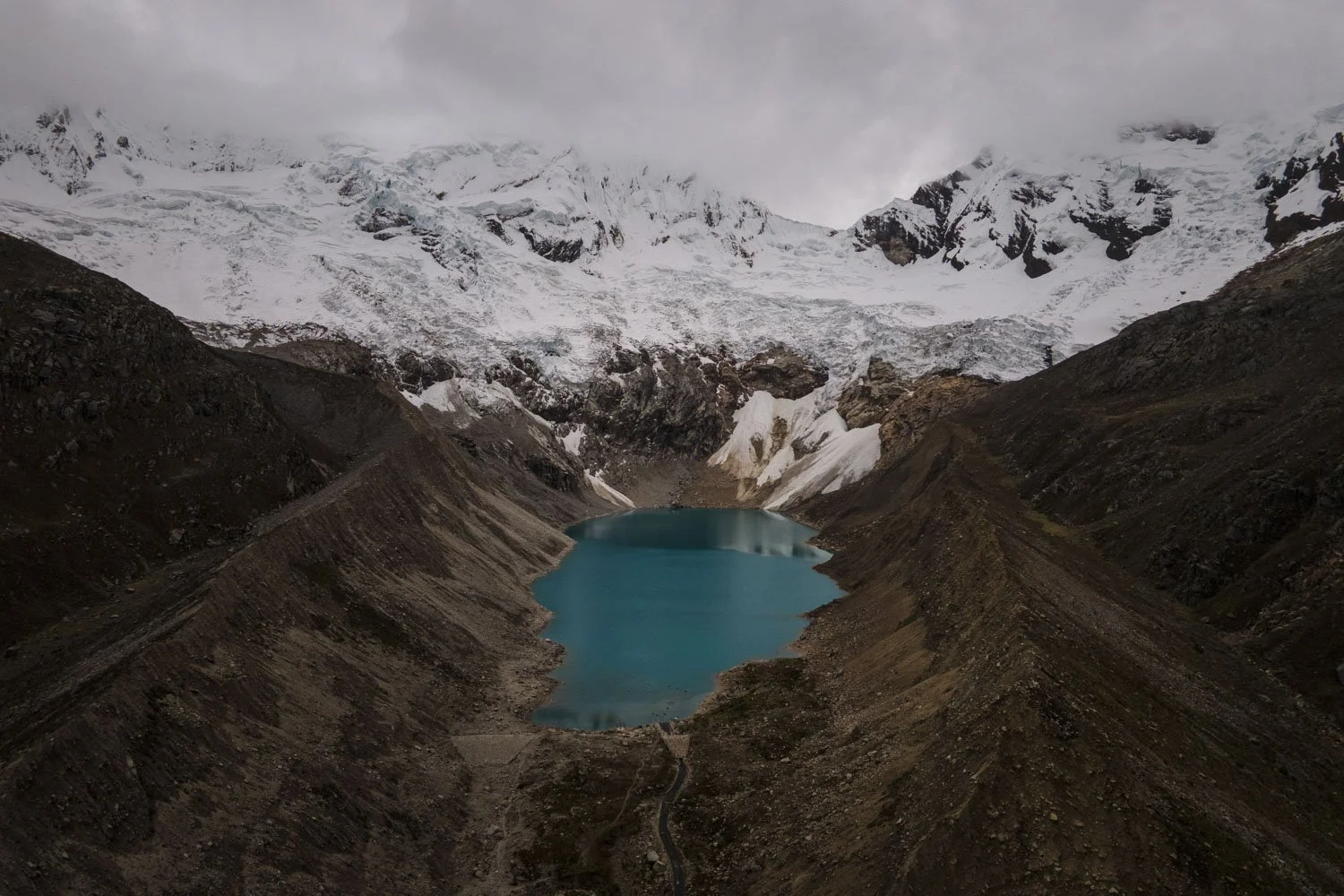
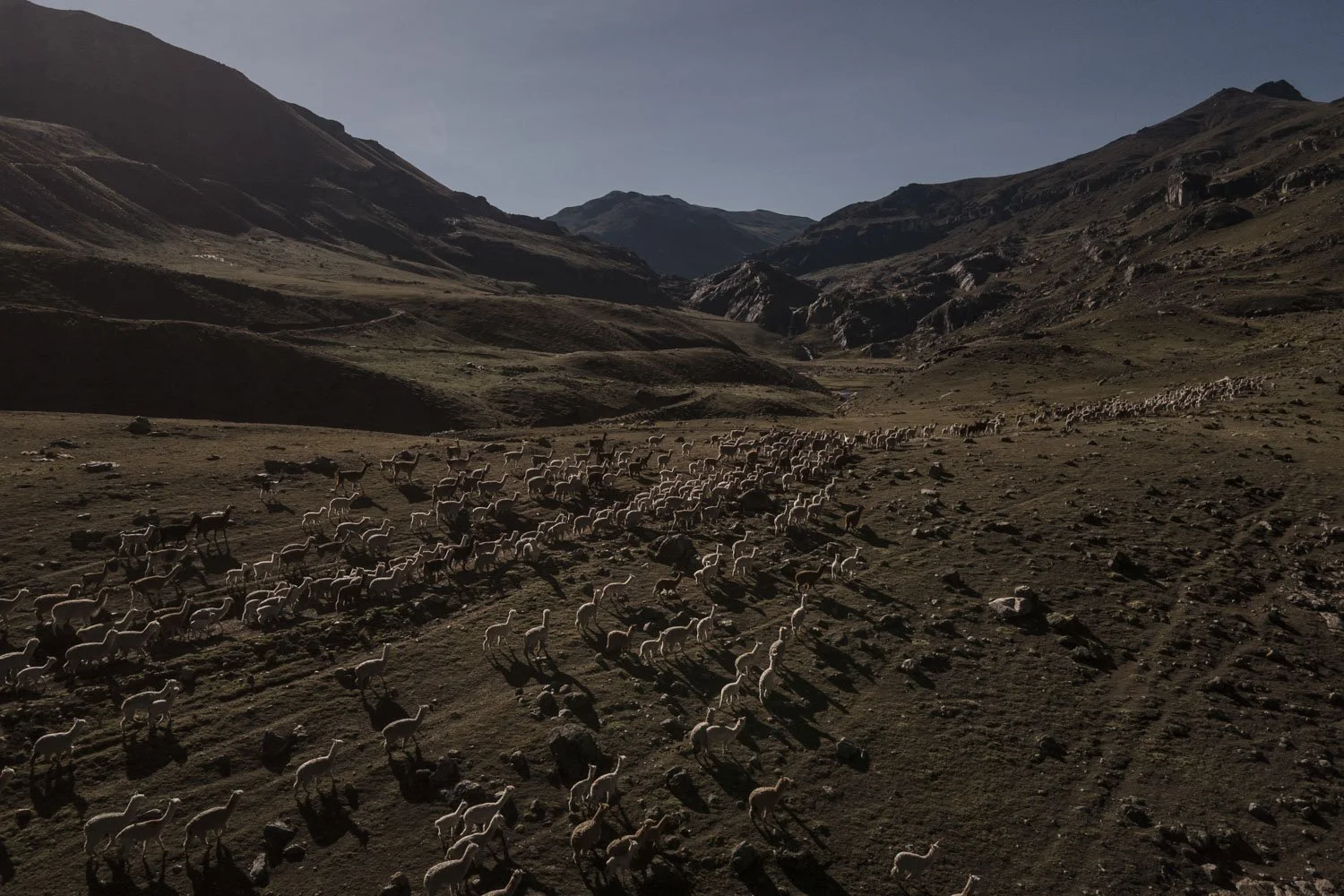
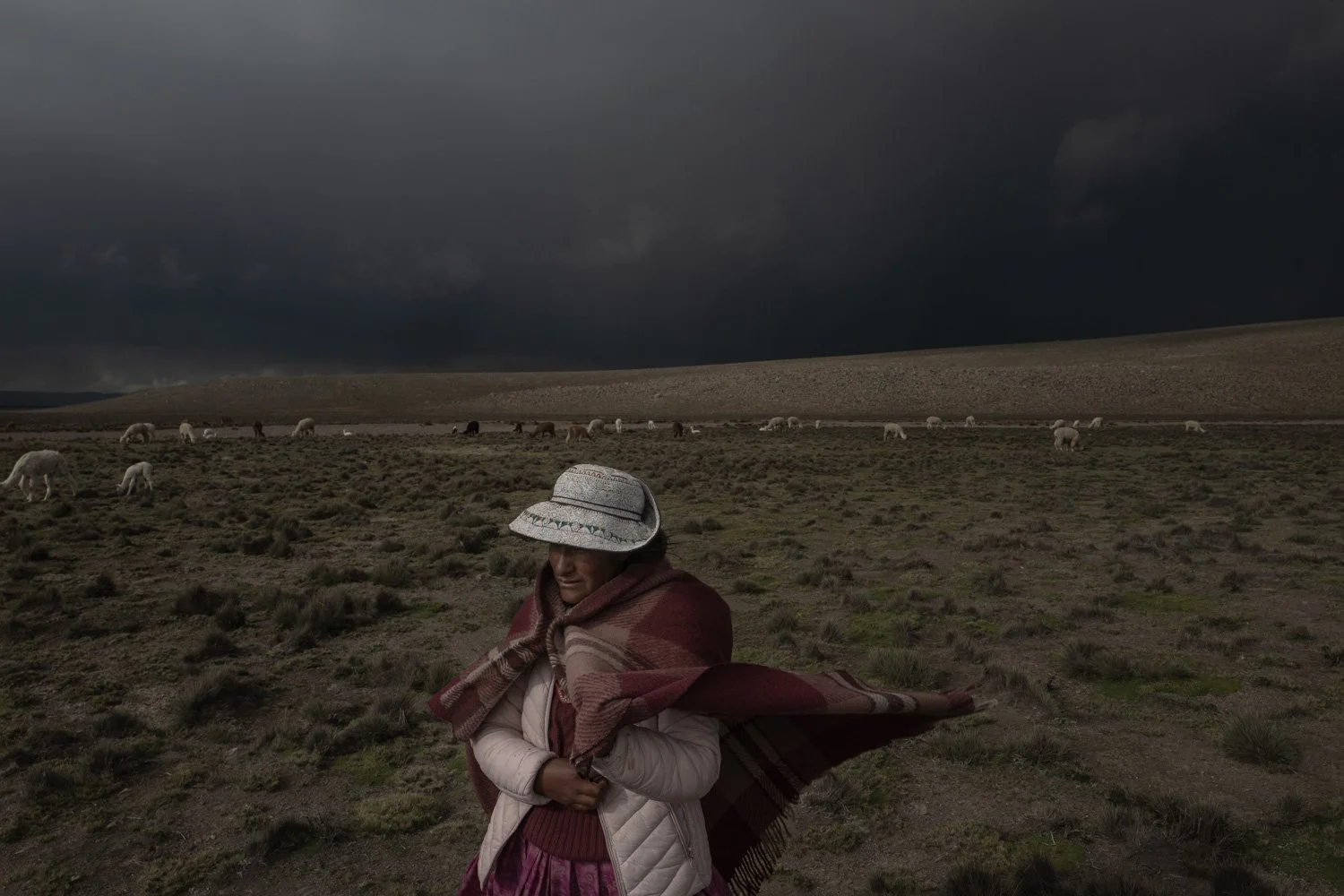
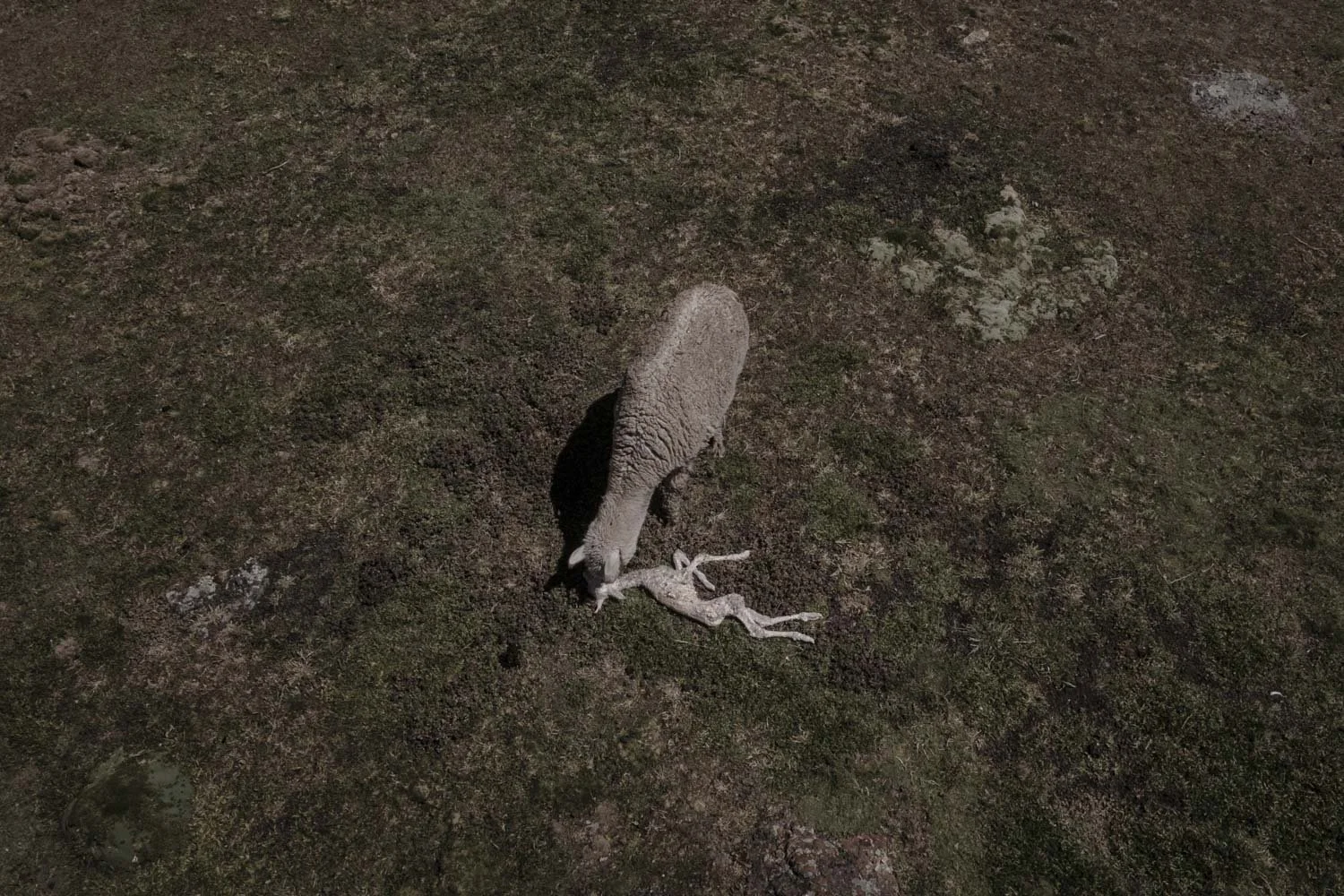

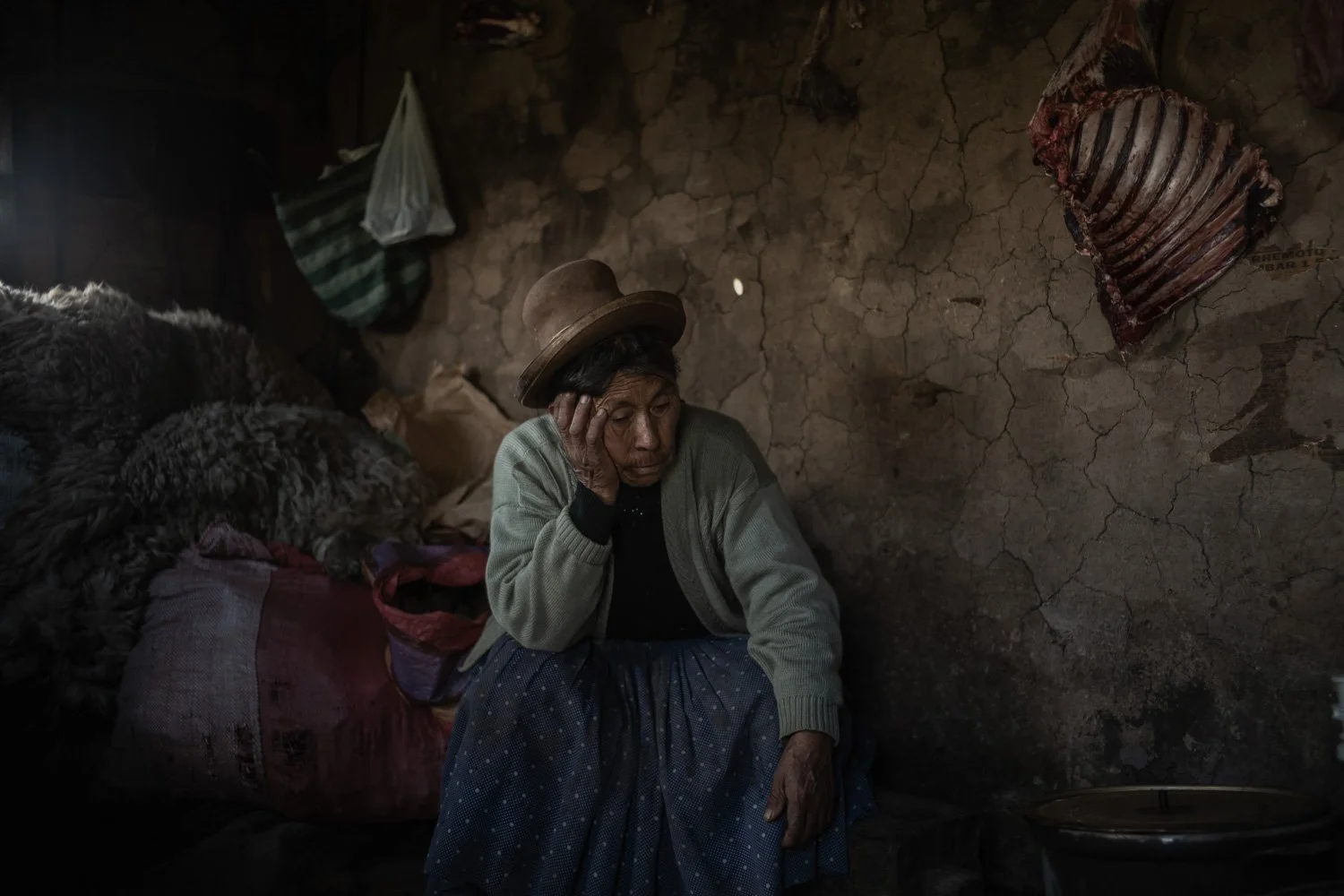
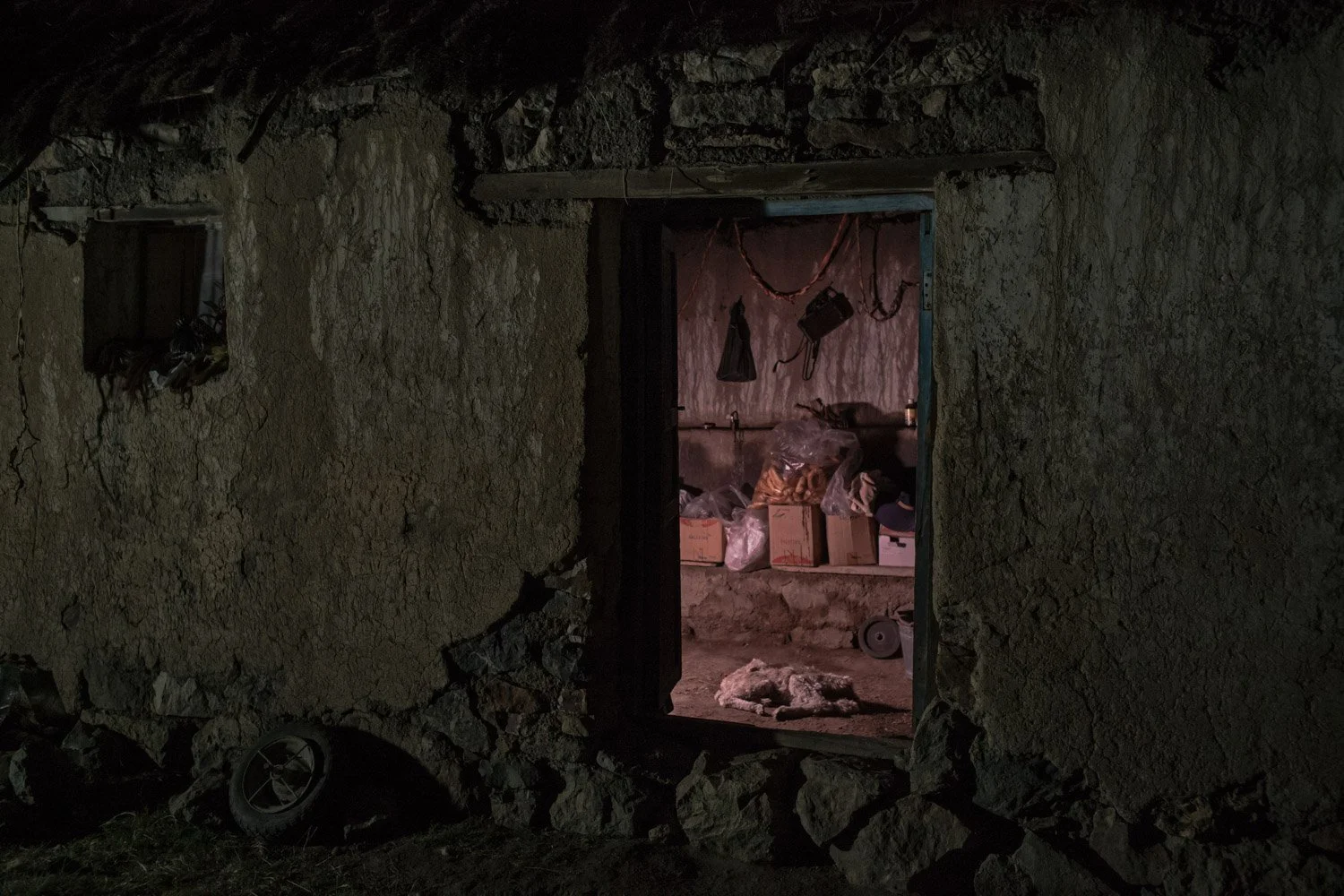
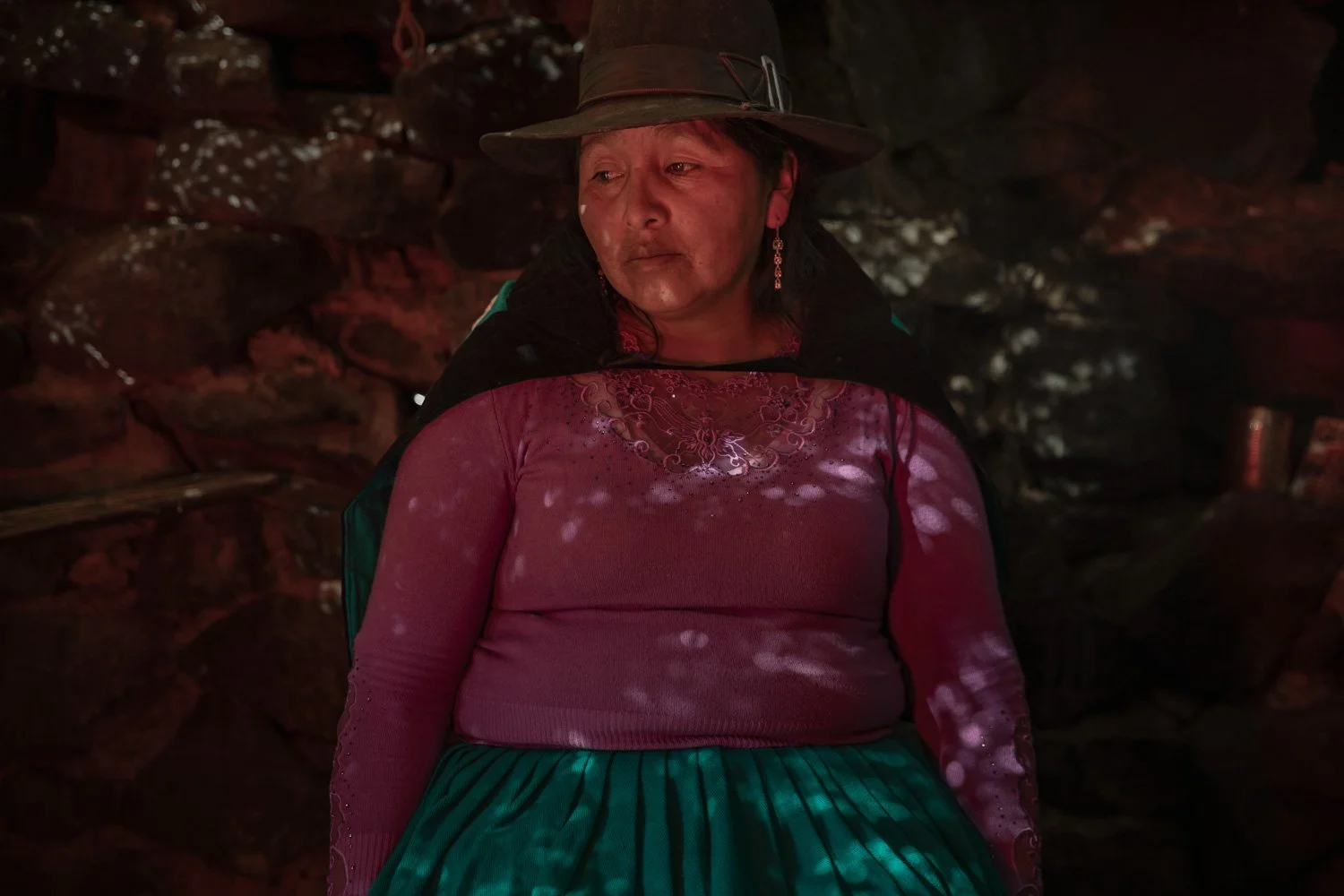
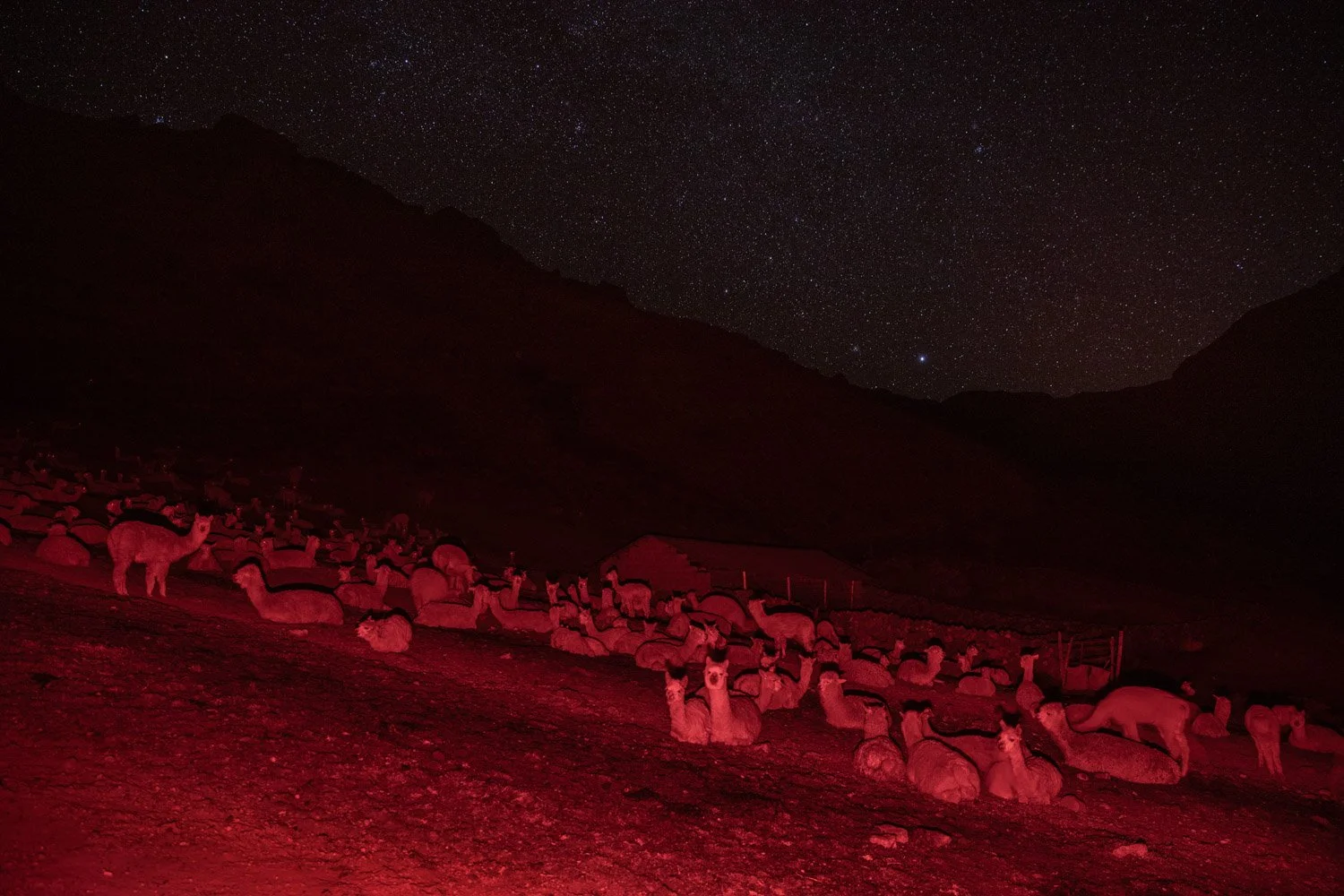

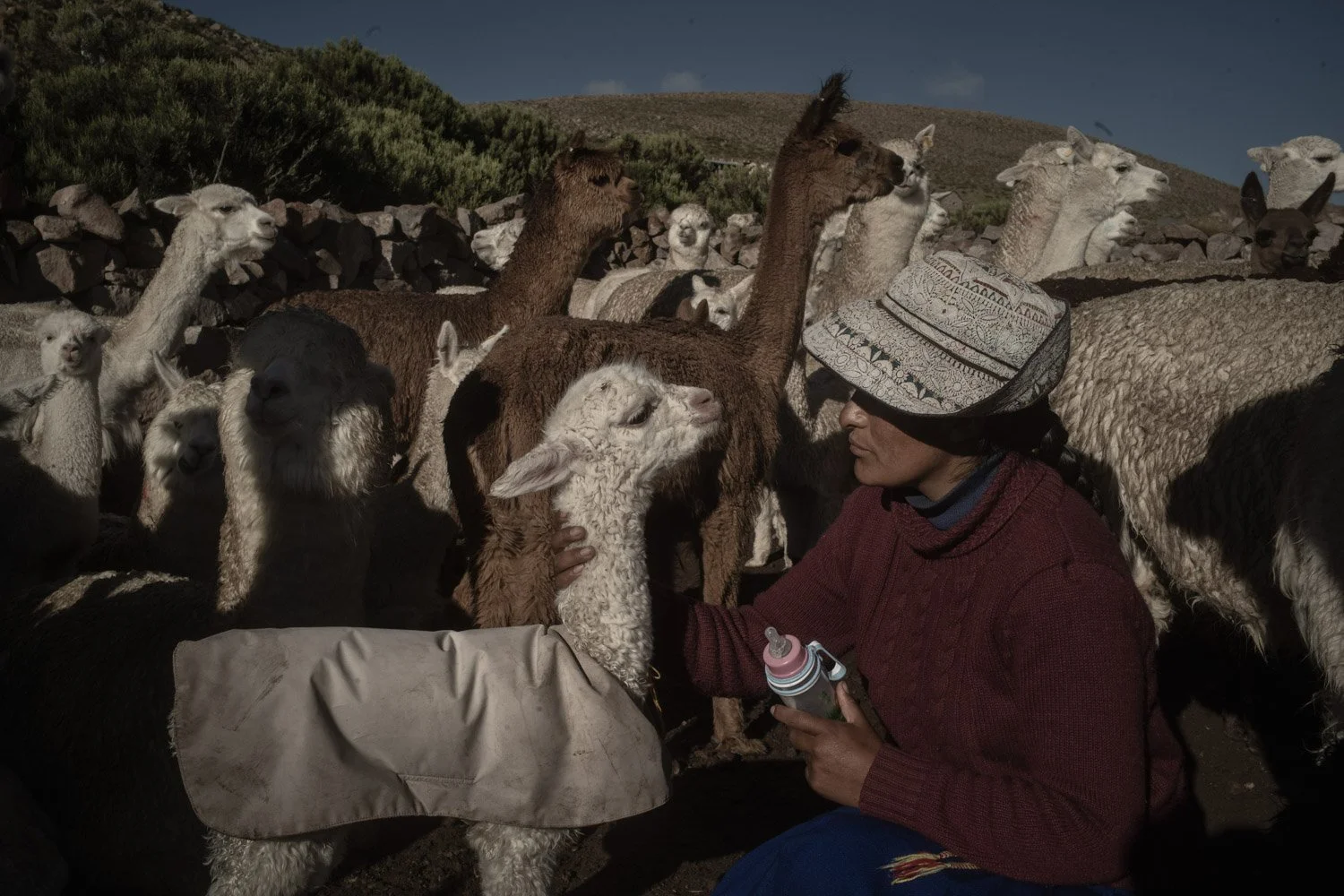
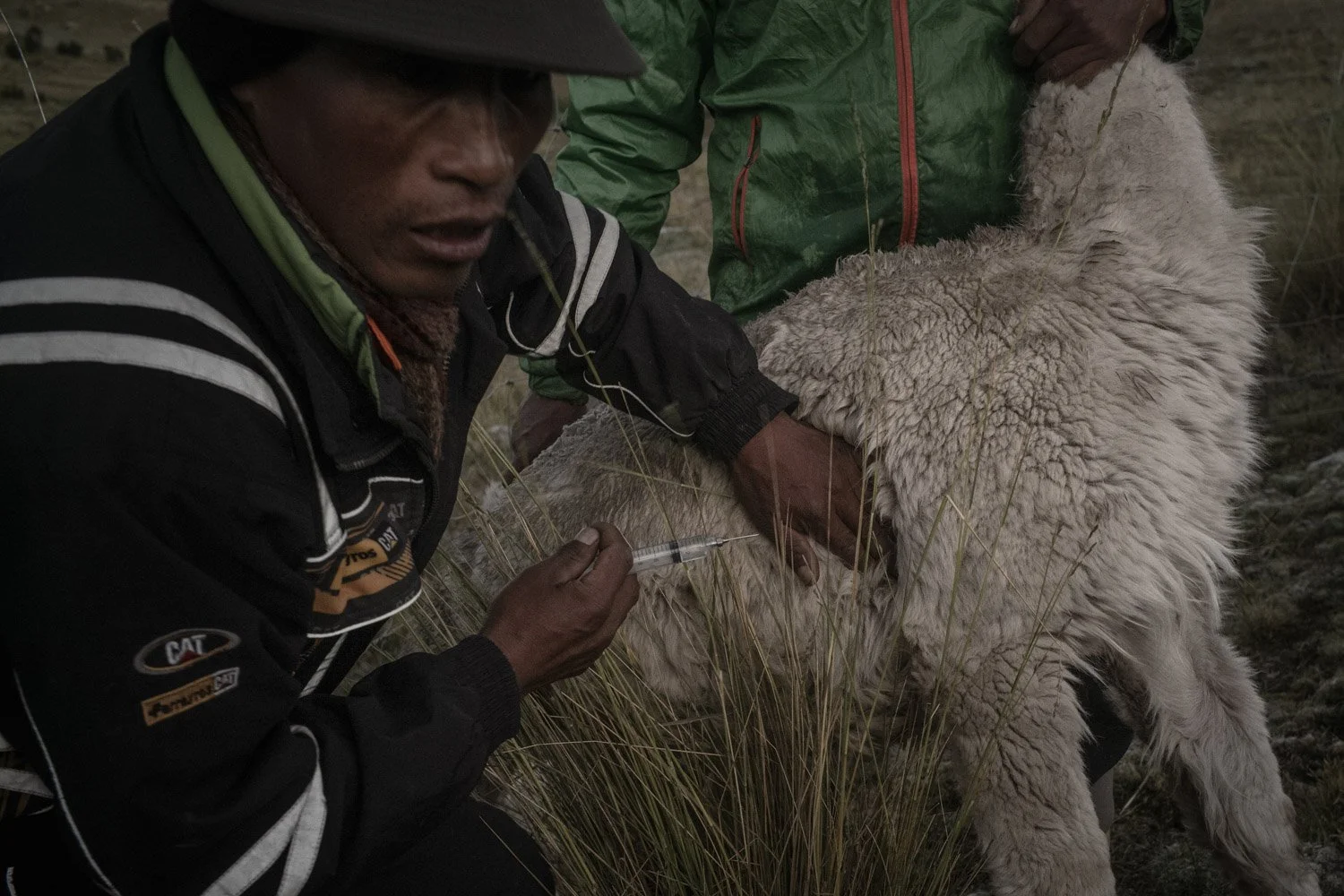
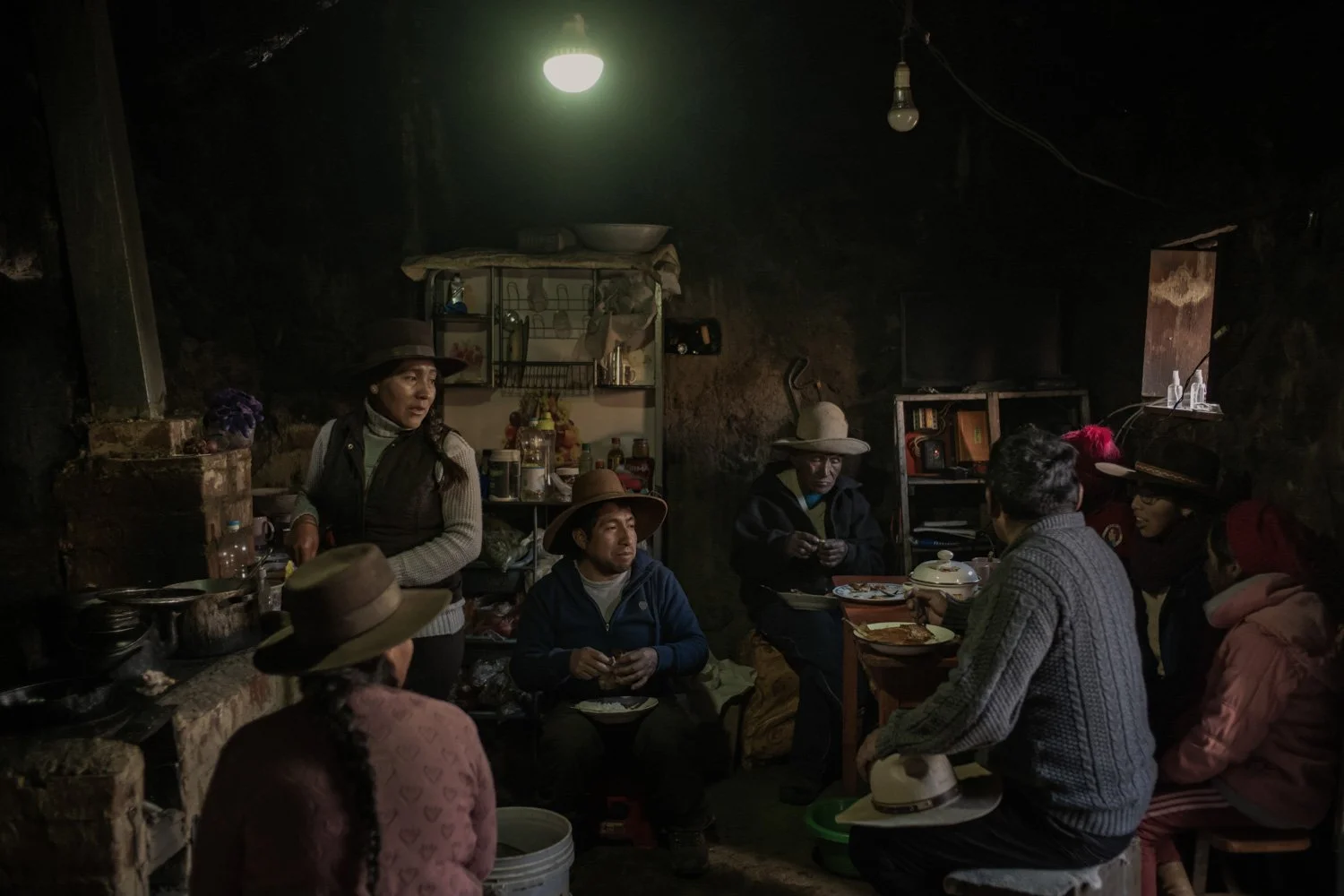
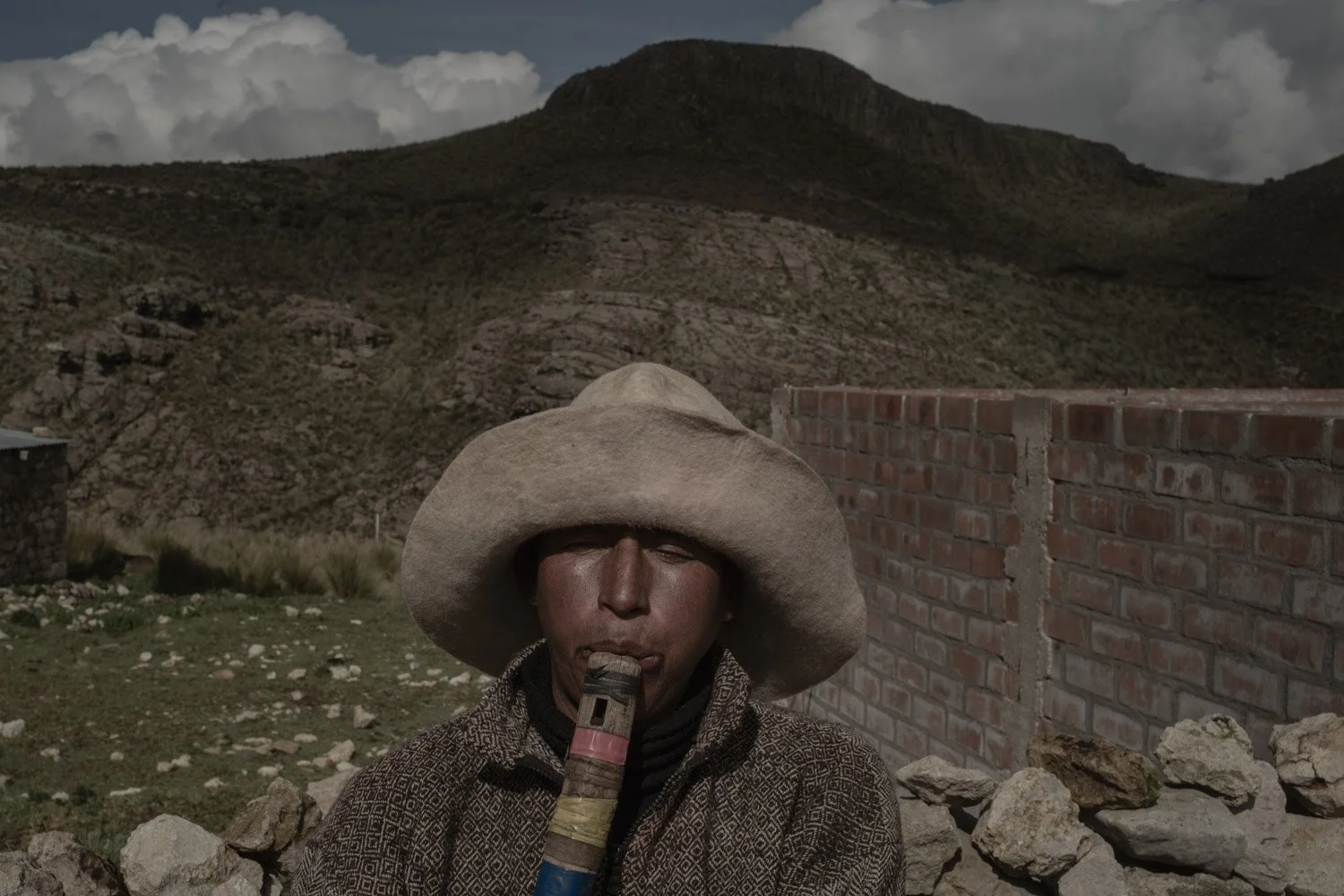
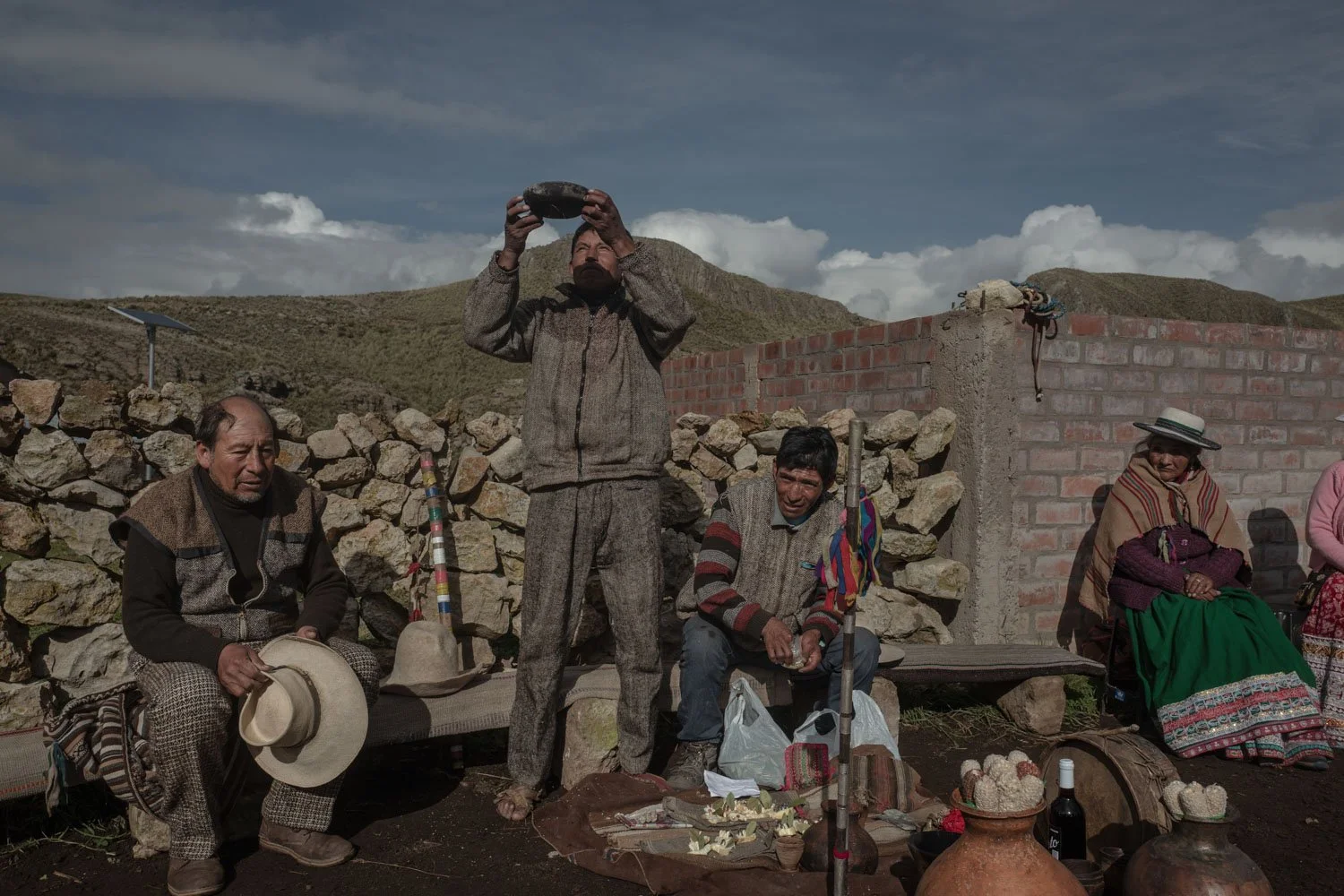
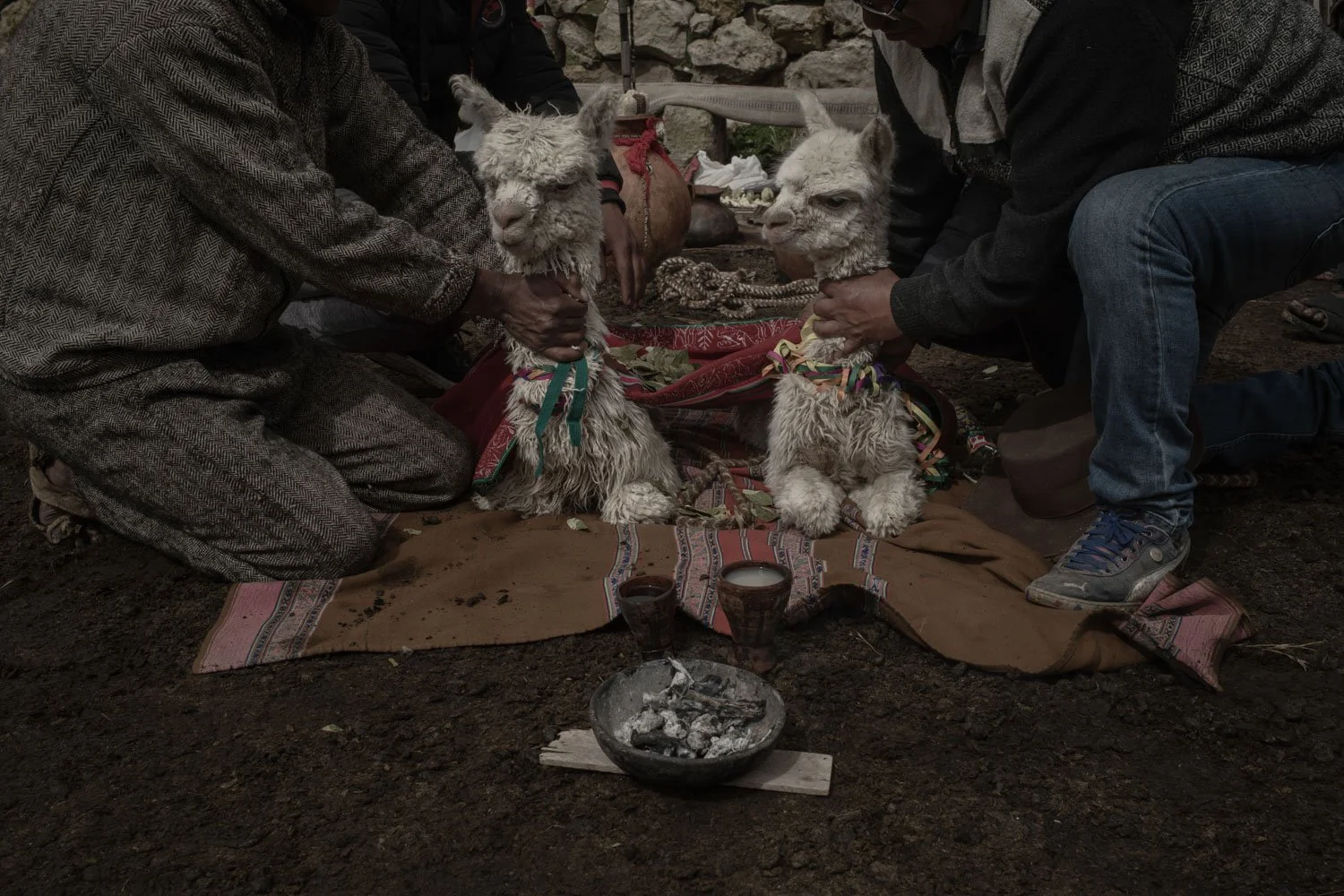
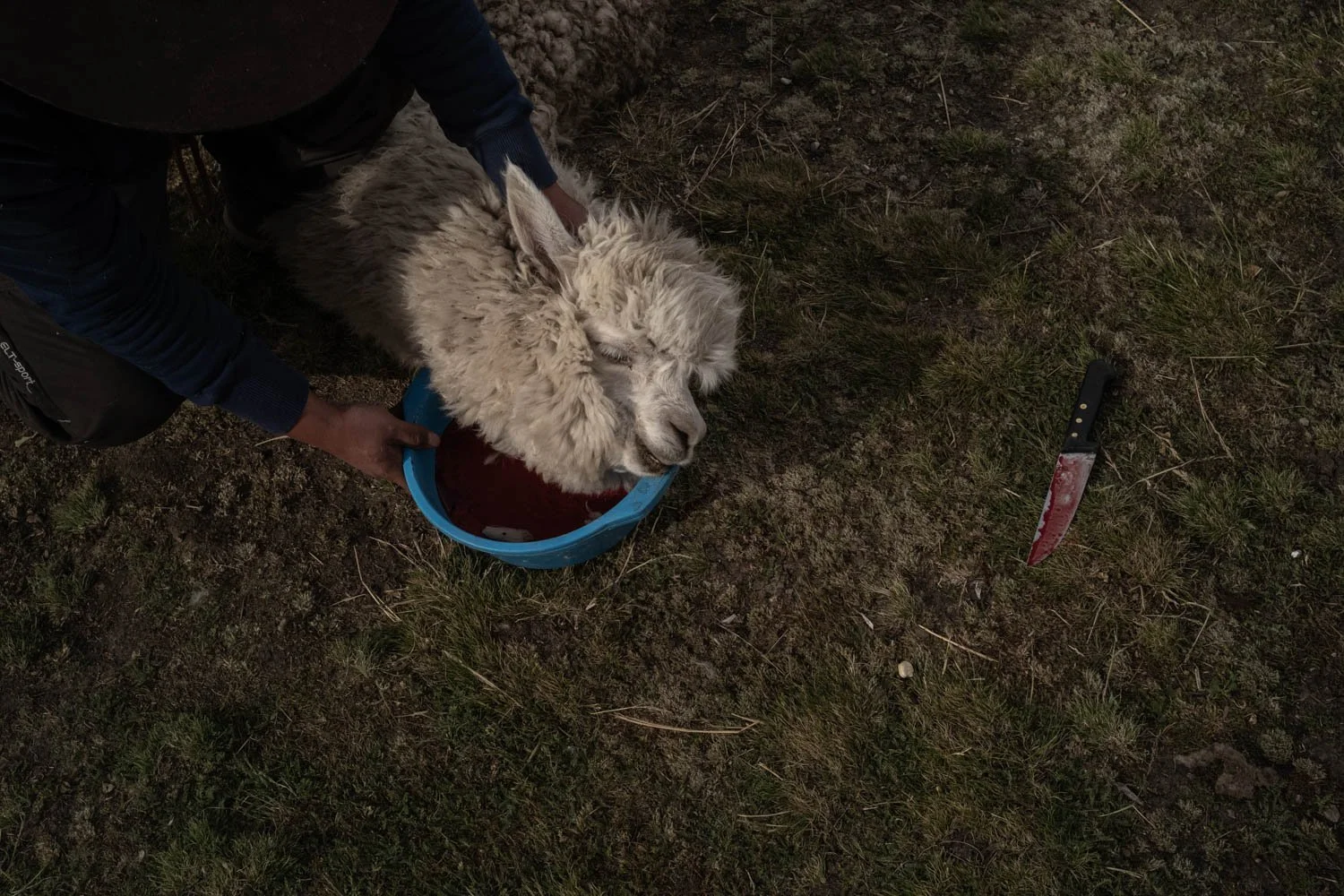

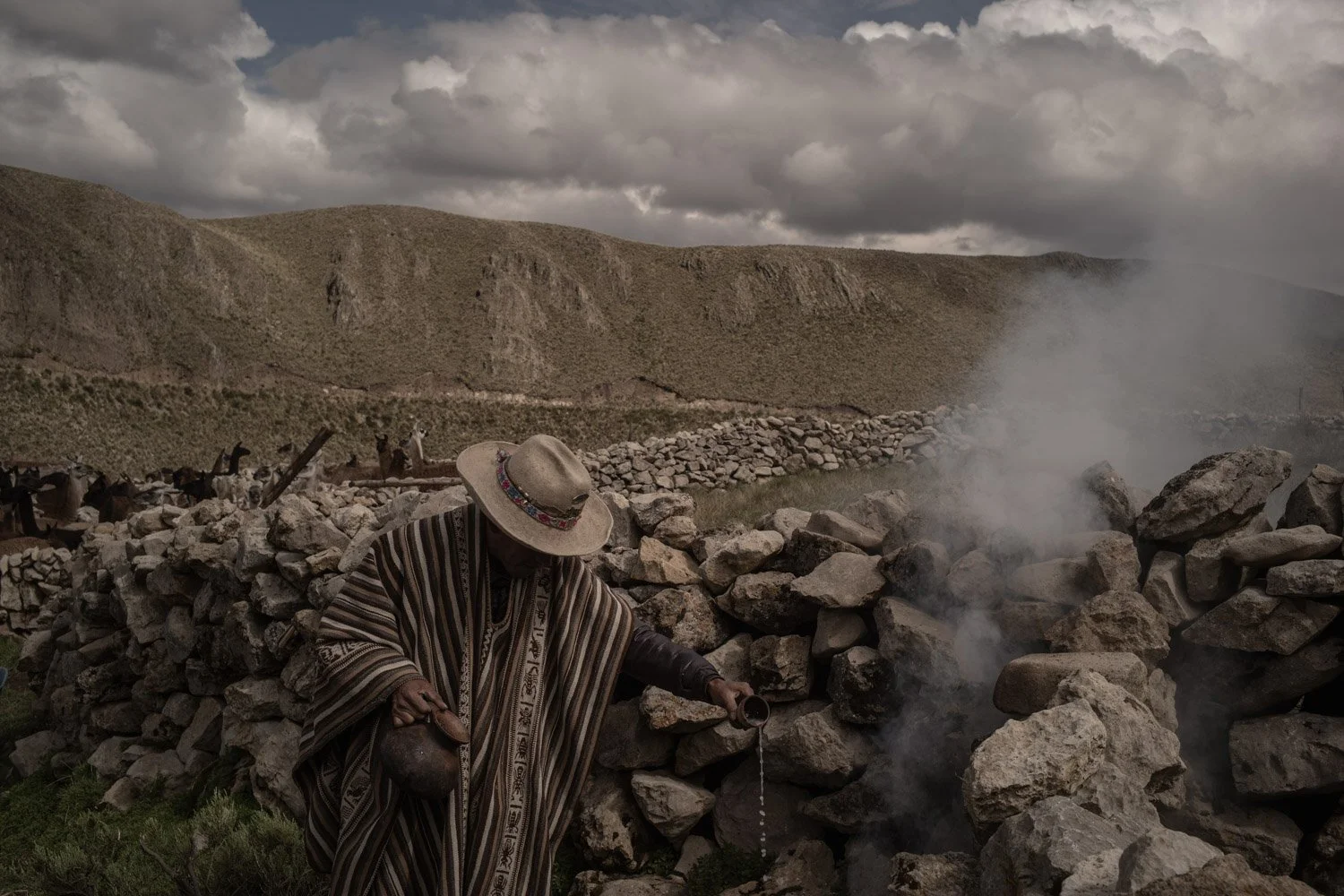
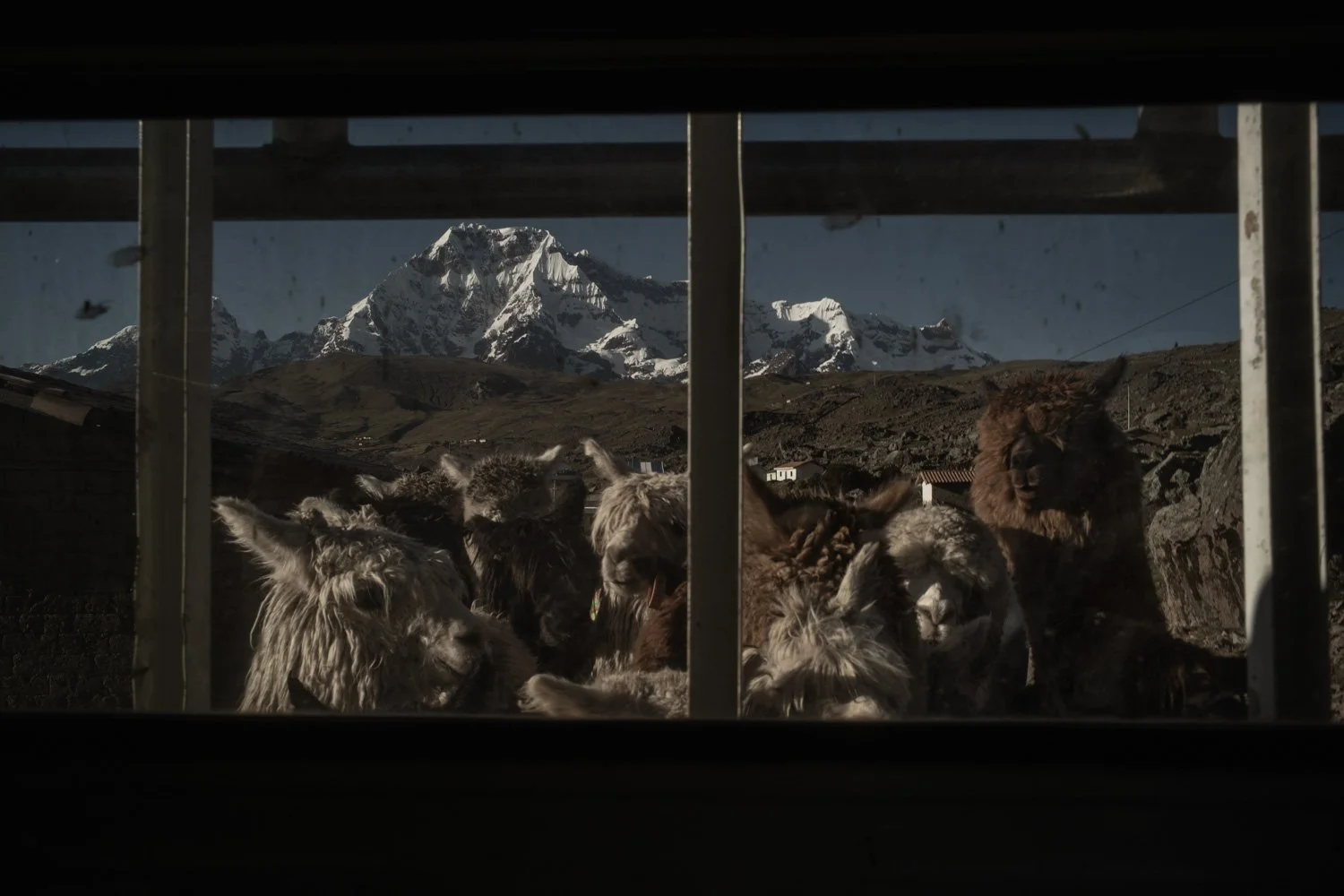
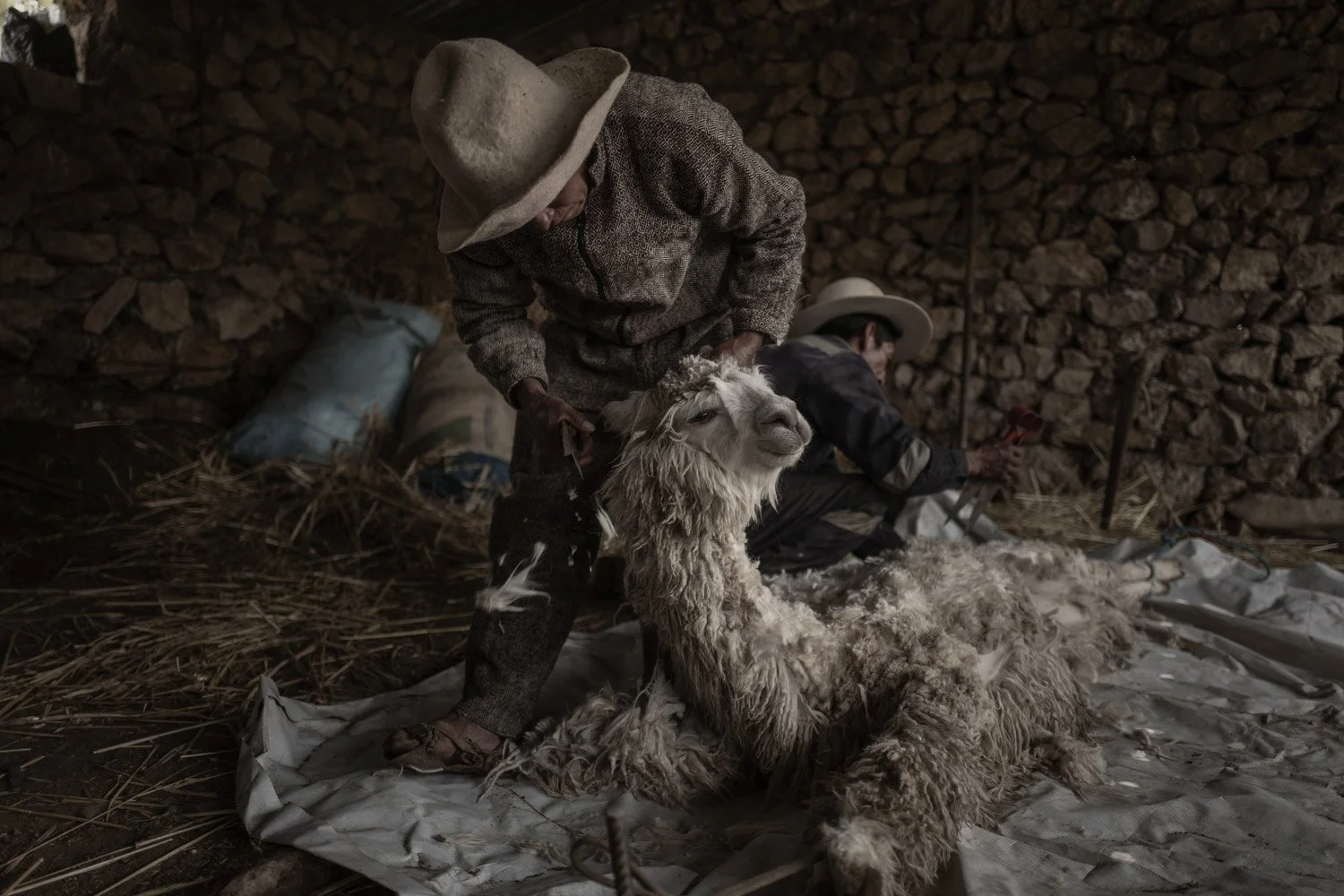
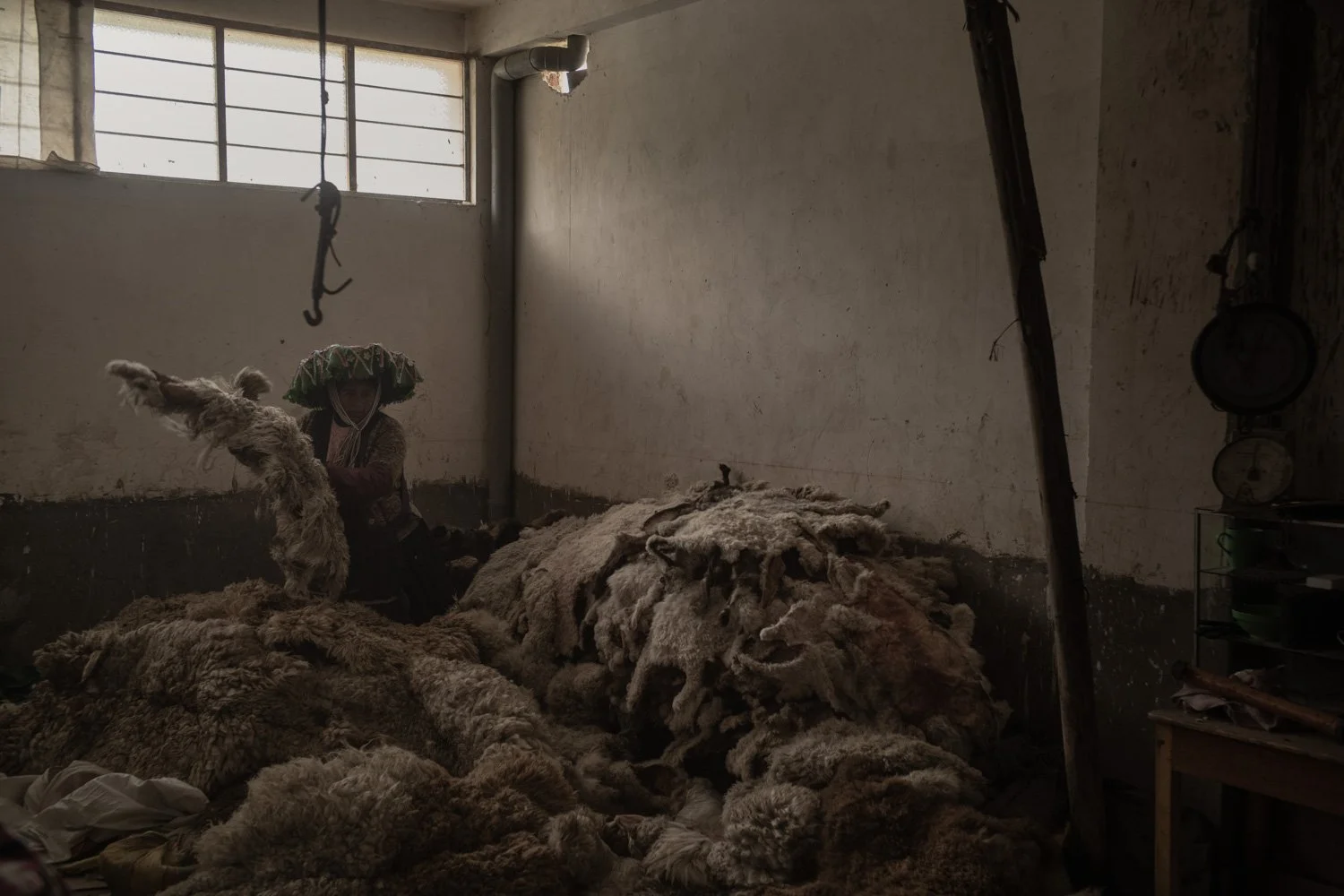
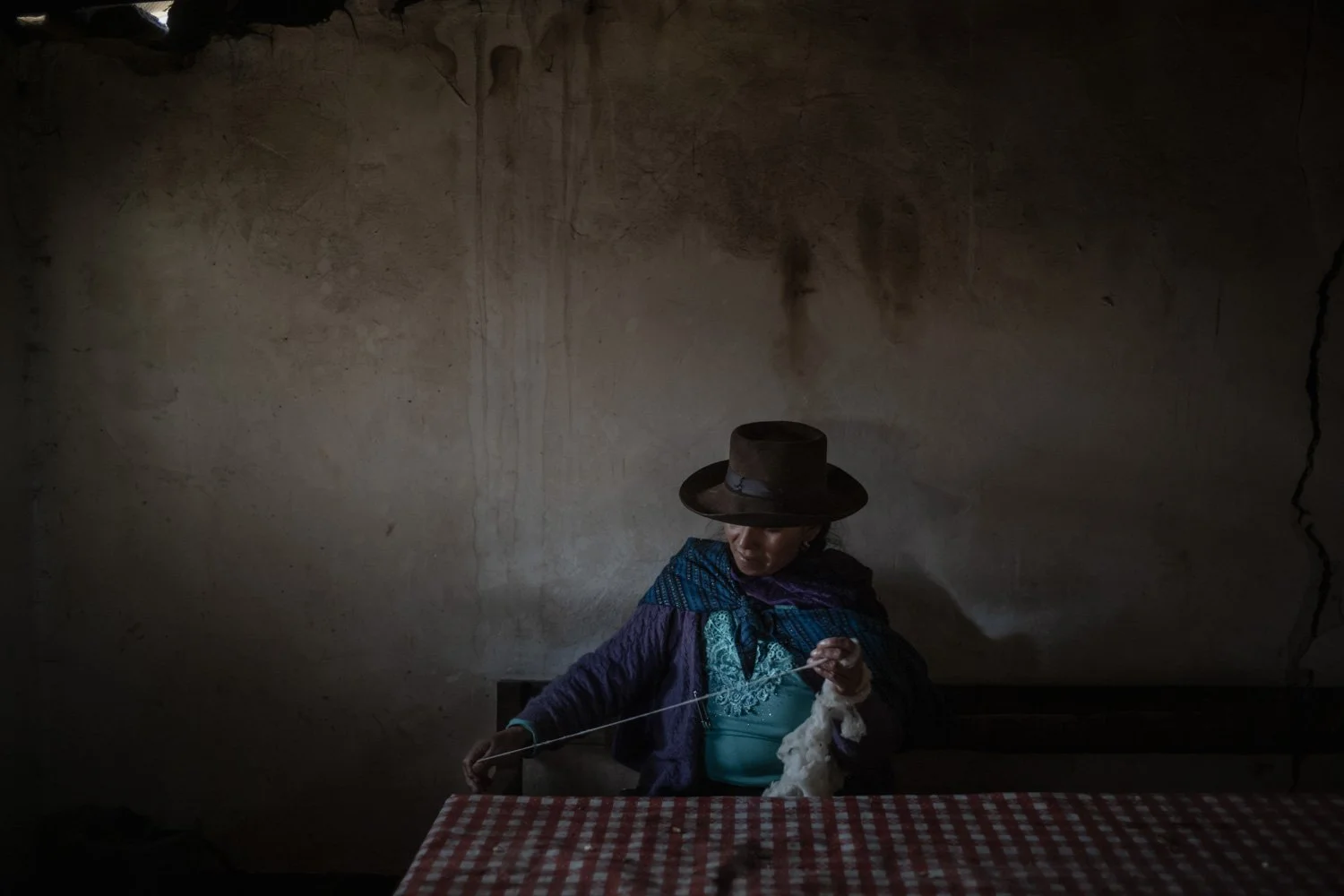
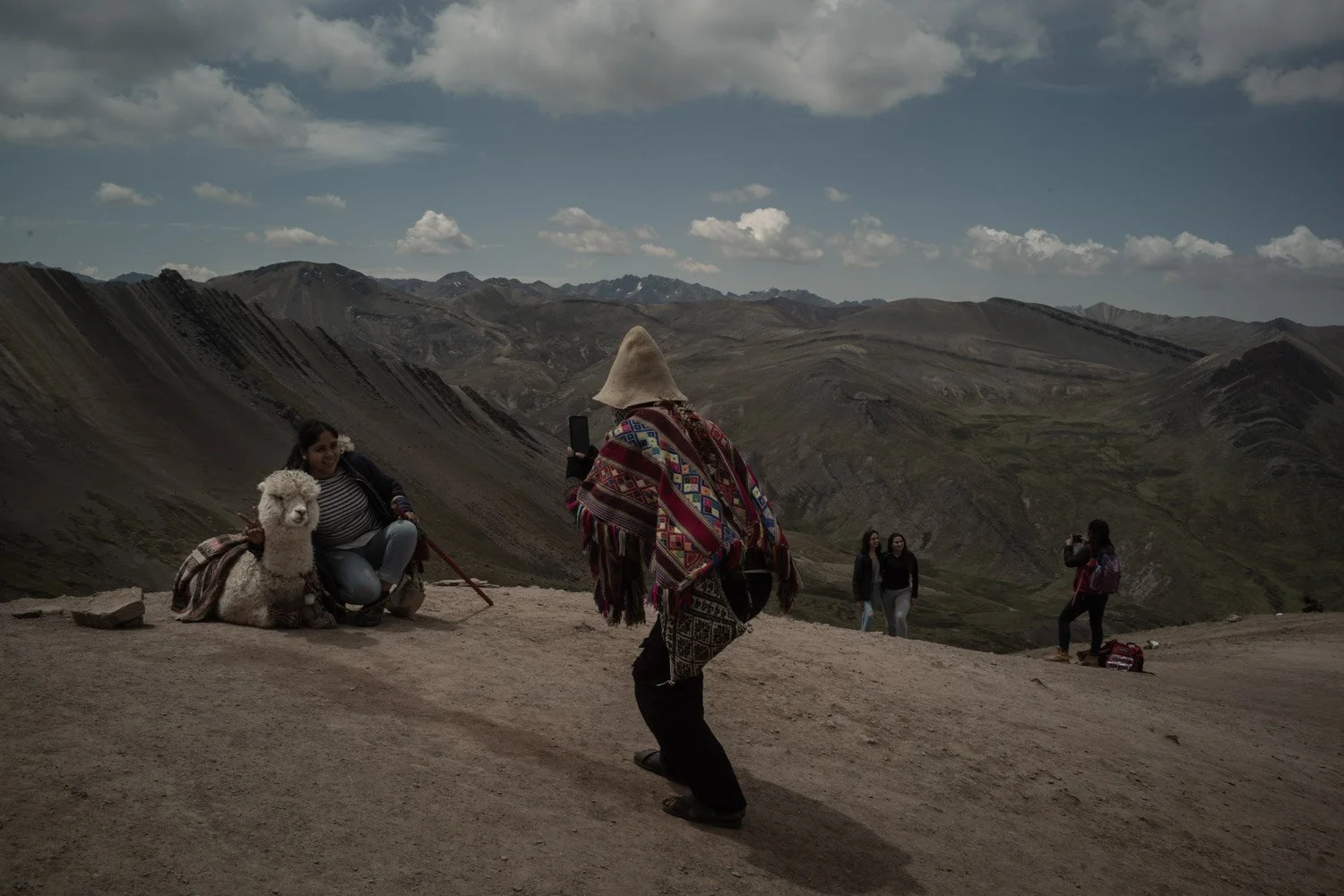
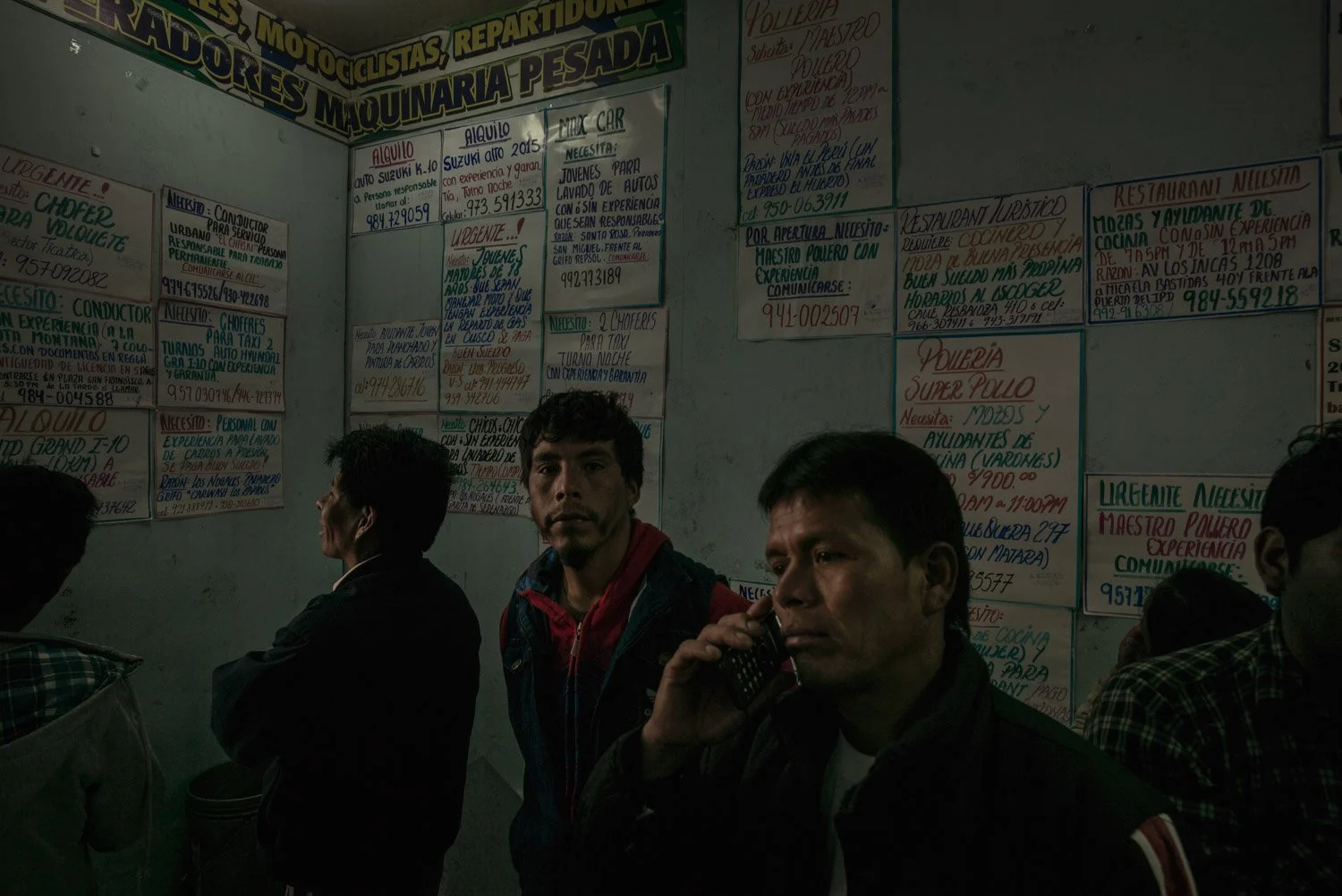
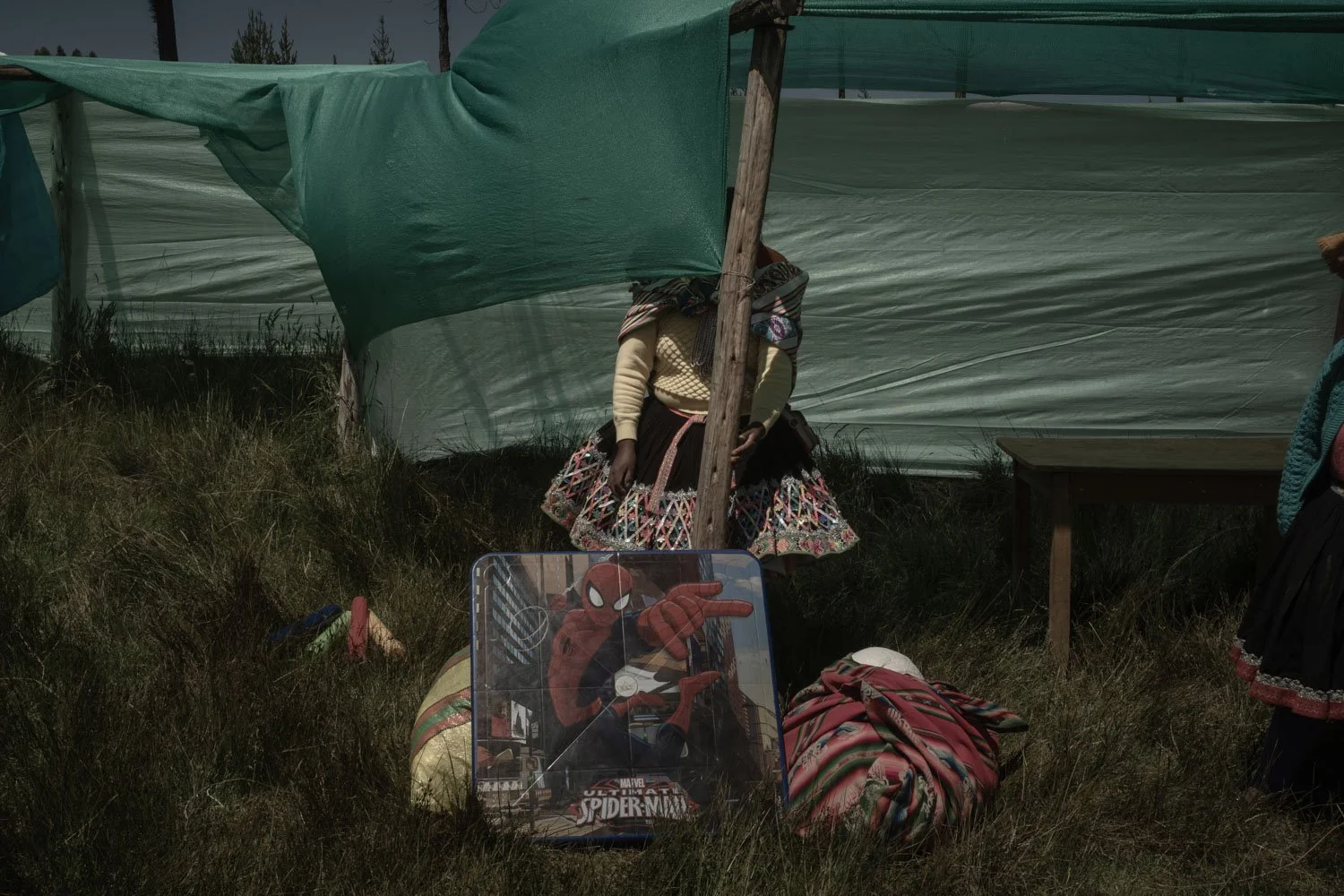
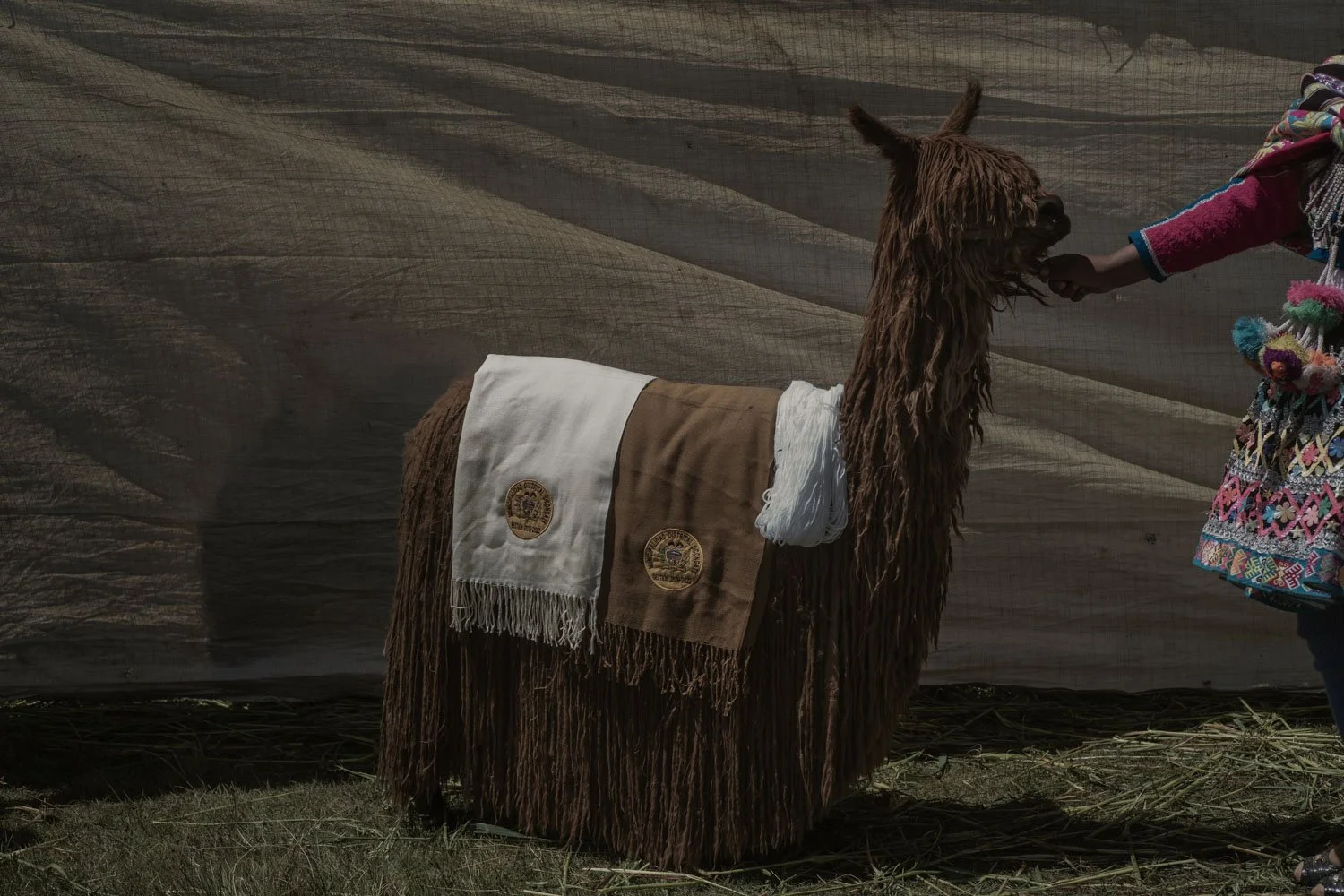
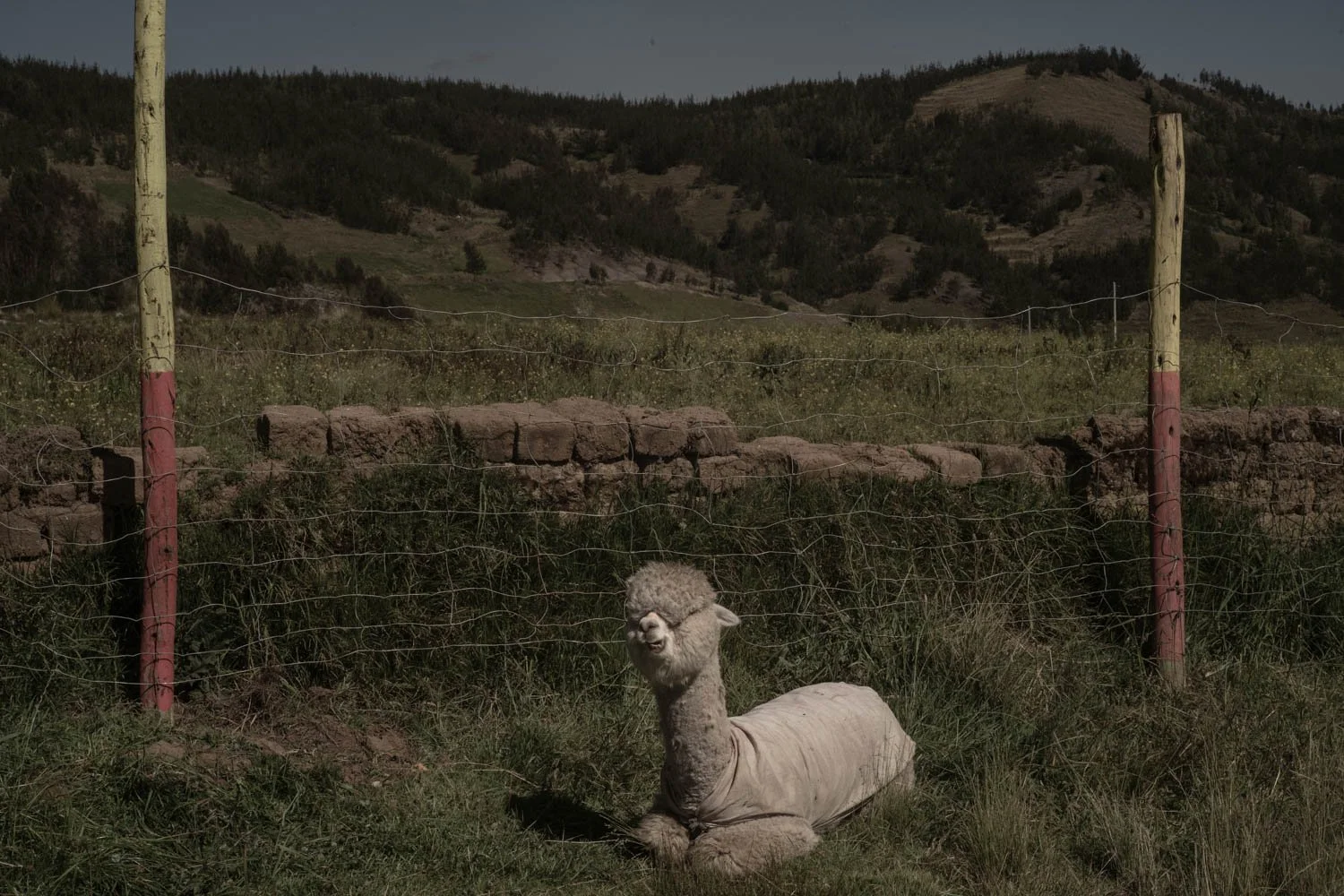
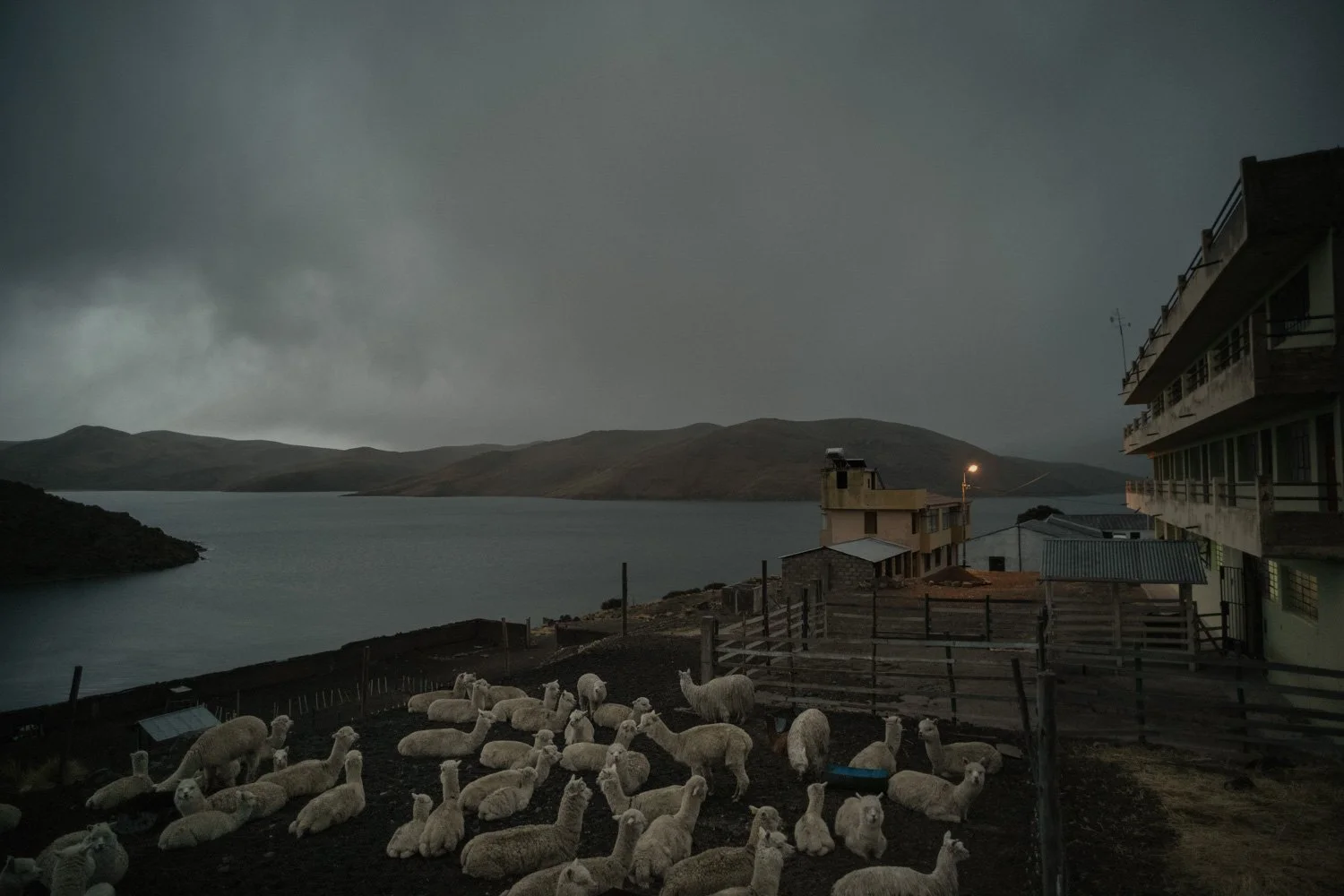


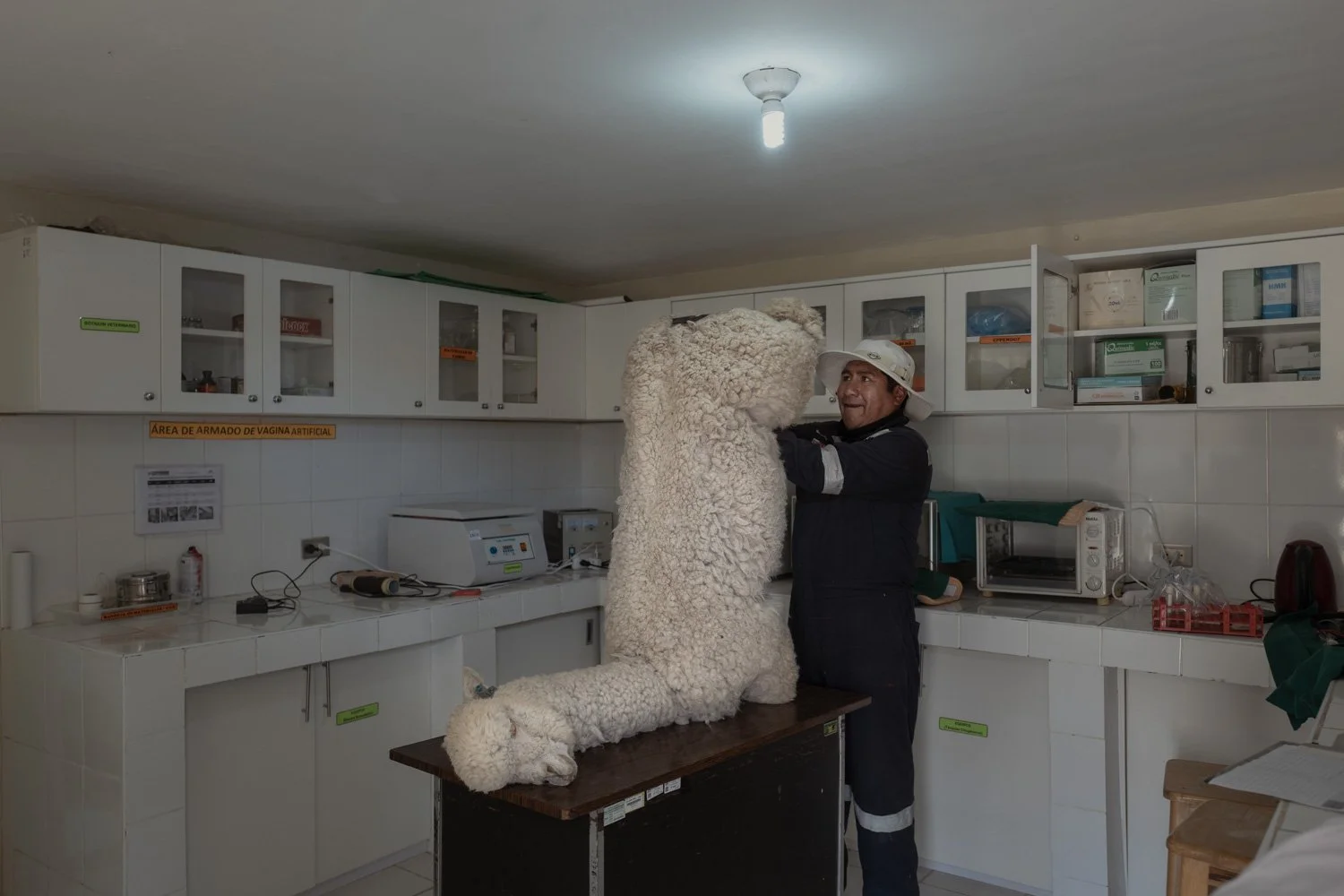
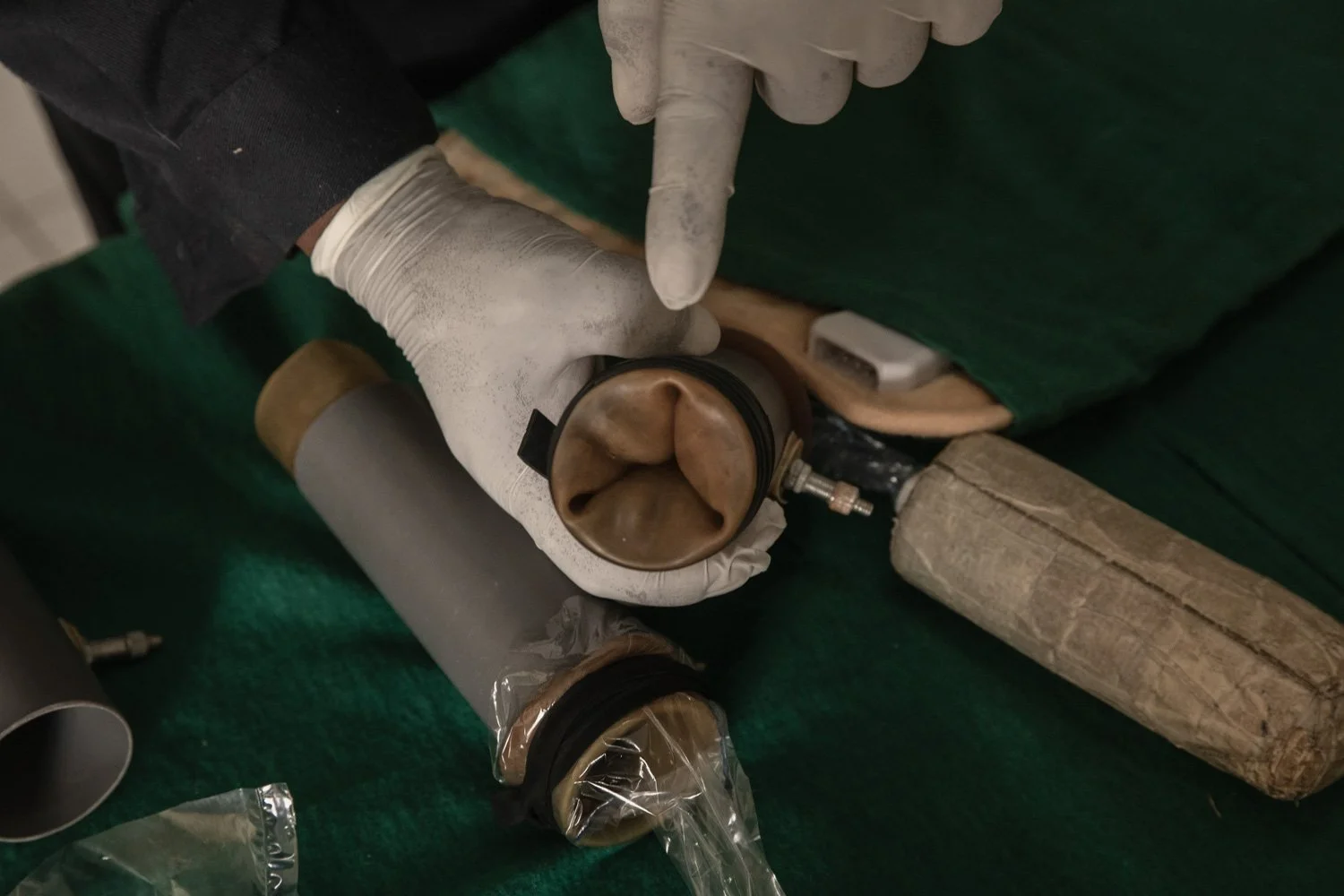
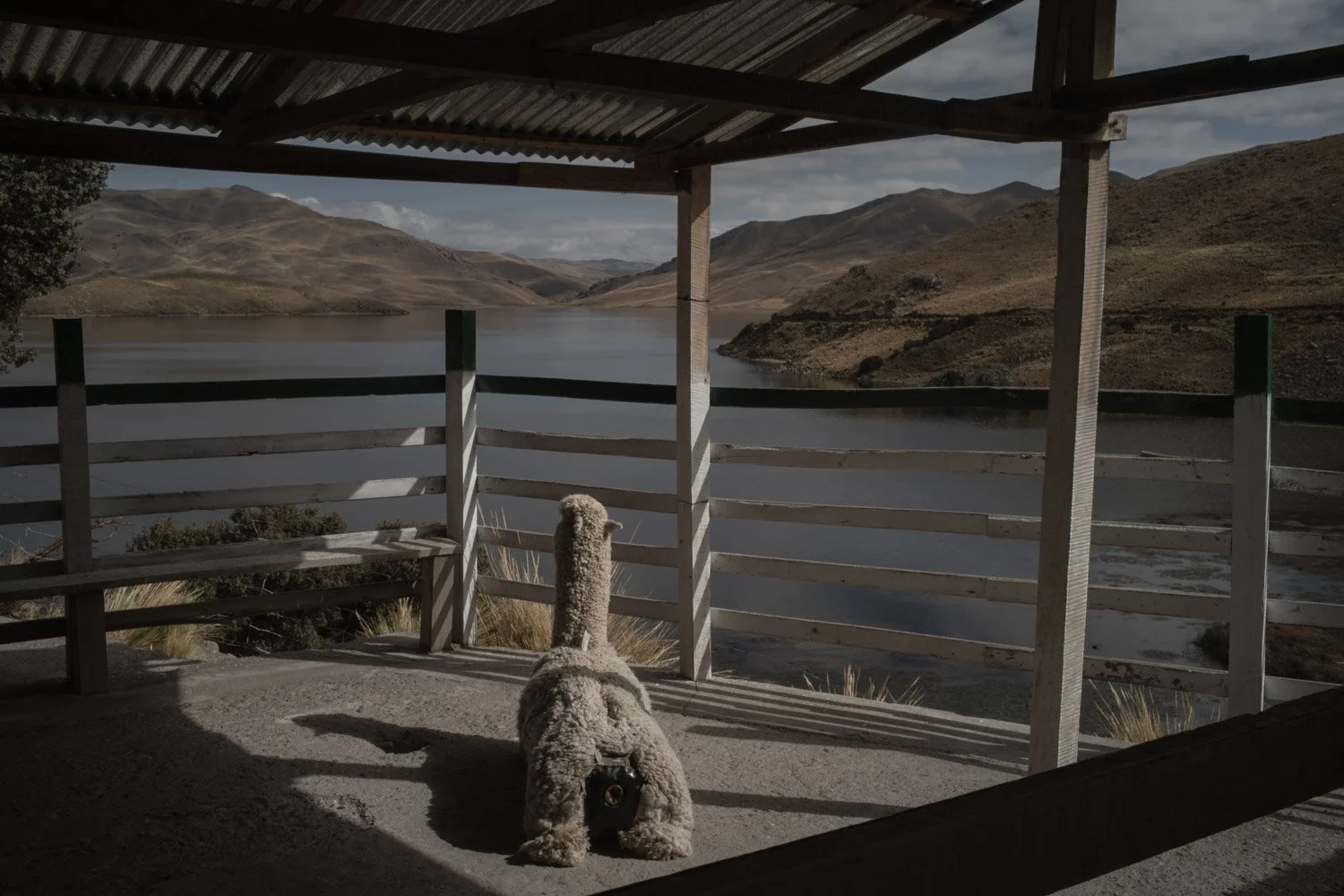
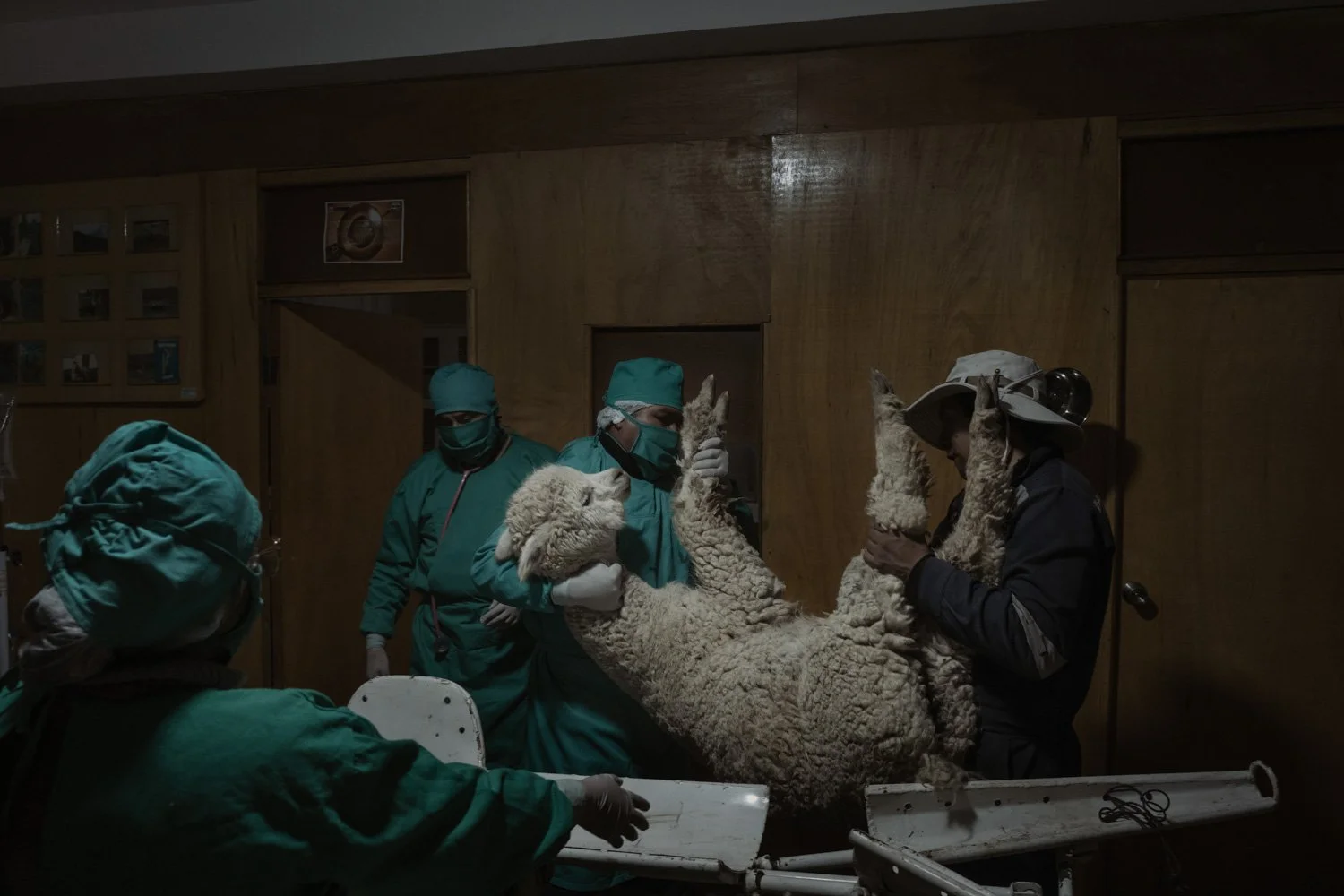


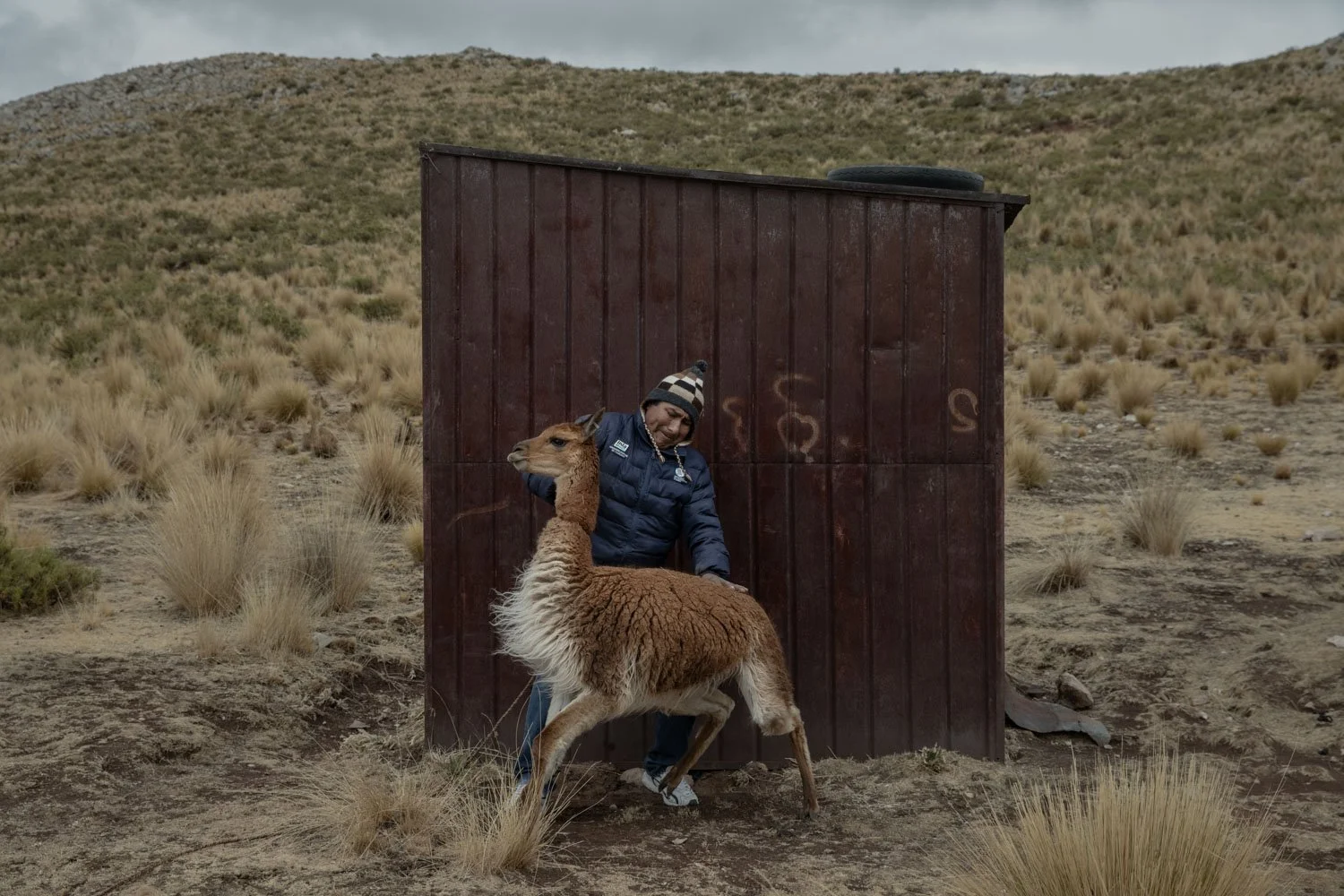
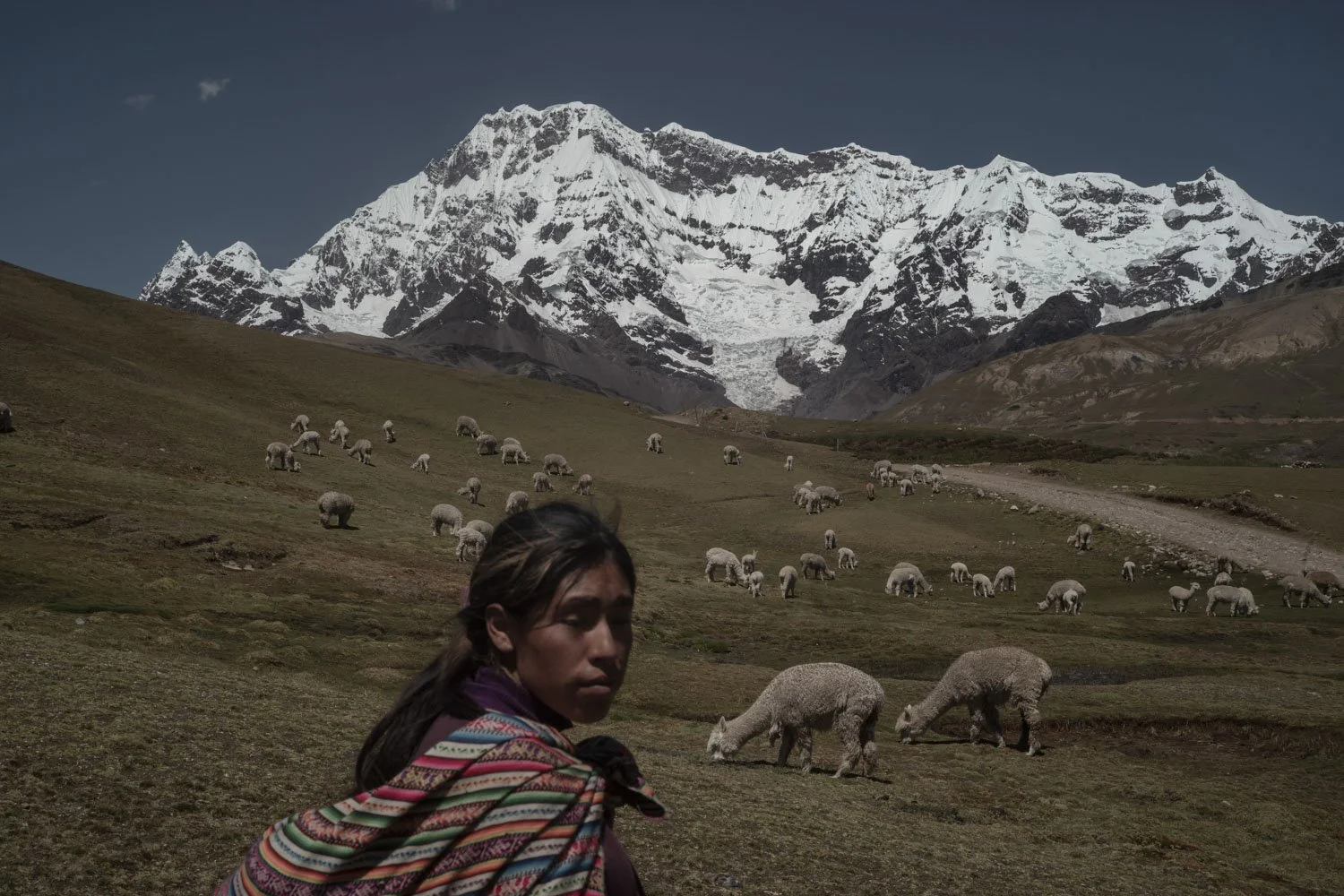
WORLD PRESS PHOTO
What are the South America awarded stories | 2023 World Press Photo Contest
A snapshot of an oil spillage in Peru, a long-term look at Venezuela’s political and economic crisis, a collaborative multimedia short film on the separation of a daughter having her mother in prison, and a story about the impact of climate change on Alpaca farmers in the Peruvian Andes: discover the 2023 World Press Photo Contest South America winning works as shared by the global jury.
The annual World Press Photo Contest recognizes and celebrates the best photojournalism and documentary photography produced over the last year.
TEARSHEETS
Exhibition
Alpaqueros - Photoville
Brooklyn Bridge Park – New York City - June 4 - June 26, 2022
